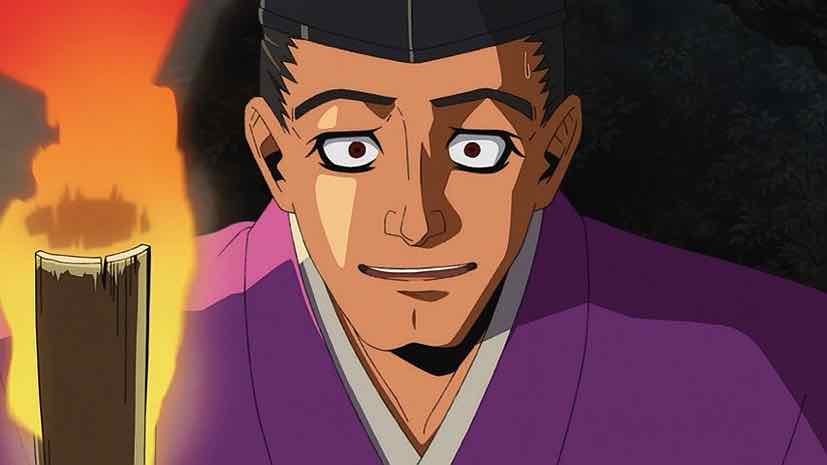 What can I say, really? This adaptation is just bonkers. As a pretty big fan of the manga who’s been salty about Shueisha’s total lack of promotion once it became clear The Elusive Samurai wasn’t going to be another AssClass level hit, the quality of this adaptation absolutely stuns me. I still don’t quite get how it’s happening to be honest. But I’m not going to look this gift horse in the mouth. As I said last week if any series ever deserved a break, it’s Nige Jouzu no Wakagimi. About the only other adaptation I can compare it to in terms of maxing out a manga’s potential is Tengoku Daimakyou. But that’s an enormously high bar, and it’s only two episodes.
What can I say, really? This adaptation is just bonkers. As a pretty big fan of the manga who’s been salty about Shueisha’s total lack of promotion once it became clear The Elusive Samurai wasn’t going to be another AssClass level hit, the quality of this adaptation absolutely stuns me. I still don’t quite get how it’s happening to be honest. But I’m not going to look this gift horse in the mouth. As I said last week if any series ever deserved a break, it’s Nige Jouzu no Wakagimi. About the only other adaptation I can compare it to in terms of maxing out a manga’s potential is Tengoku Daimakyou. But that’s an enormously high bar, and it’s only two episodes.
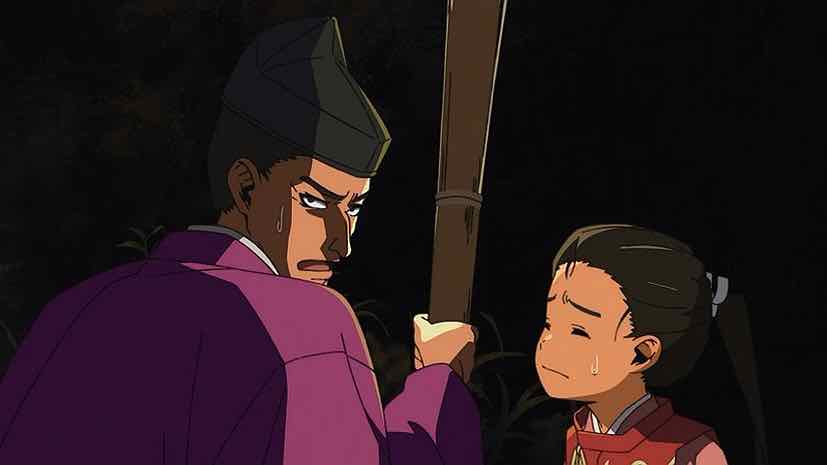 I do see some interesting trends developing in the viewer reactions. Matsui Yuusei’s trademark discordant and anachronistic humor is proving the one sore point for some. It’s intrinsic to his writing style, but it stands out more given the premise here. Ansatsu Kyoushitsu is innately juvenile, a pubescent wish-fulfilment (which is partly why is was such a massive hit). As such the humor wasn’t in such stark relief. Also, the Nige Jouzu anime seems to be sparking a wave of shotacon memes on social media. Again, Matsui being who he is, not a huge surprise. And the truth of it is, that sort of thing is good for a series’ commercial prospects. In anime terms the old P.R. saw pretty much holds true – there’s no such think as bad buzz.
I do see some interesting trends developing in the viewer reactions. Matsui Yuusei’s trademark discordant and anachronistic humor is proving the one sore point for some. It’s intrinsic to his writing style, but it stands out more given the premise here. Ansatsu Kyoushitsu is innately juvenile, a pubescent wish-fulfilment (which is partly why is was such a massive hit). As such the humor wasn’t in such stark relief. Also, the Nige Jouzu anime seems to be sparking a wave of shotacon memes on social media. Again, Matsui being who he is, not a huge surprise. And the truth of it is, that sort of thing is good for a series’ commercial prospects. In anime terms the old P.R. saw pretty much holds true – there’s no such think as bad buzz.
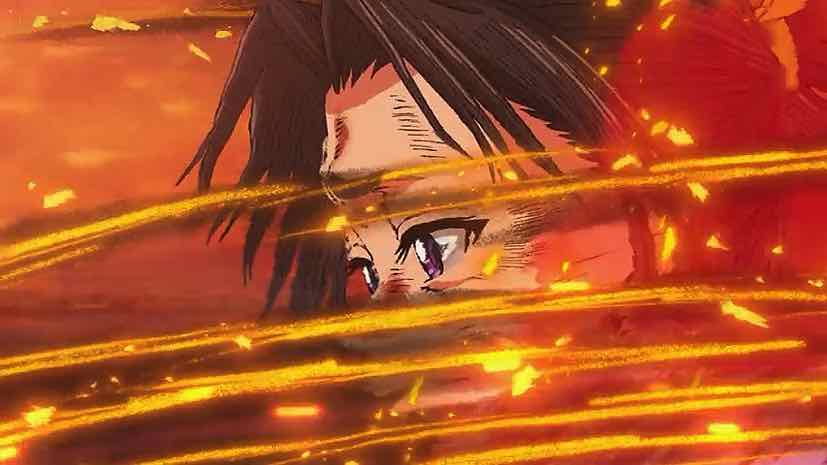 Before we get to plot I want to dwell on the production a bit. And can you blame me? It’s not often we get to wallow in this level of brilliance in a TV anime, much less with a series we personally love. The episode obviously looked phenomenal again, and the battle sequence at the end was unbelievable. But I don’t want to gloss over the sequence with the burned out Kamakura in black and white, and only Tokiyuki in color. Or the way a shaft of sunlight broke through that charred landscape when Yorishige offered him a hope (revenge) for the future. This isn’t about budget (though that’s obviously adequate here, against my expectations). It’s about art, and talent, and vision.
Before we get to plot I want to dwell on the production a bit. And can you blame me? It’s not often we get to wallow in this level of brilliance in a TV anime, much less with a series we personally love. The episode obviously looked phenomenal again, and the battle sequence at the end was unbelievable. But I don’t want to gloss over the sequence with the burned out Kamakura in black and white, and only Tokiyuki in color. Or the way a shaft of sunlight broke through that charred landscape when Yorishige offered him a hope (revenge) for the future. This isn’t about budget (though that’s obviously adequate here, against my expectations). It’s about art, and talent, and vision.
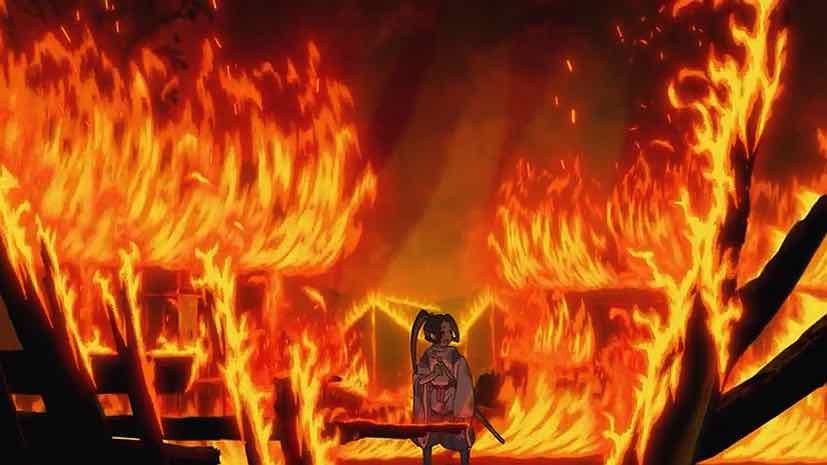 I’ve said many times that Matsui’s art style is atypical for manga, especially Jump battle shounen manga. The feeling is of Japanese museum prints on the page. That’s why his color pages are so extraordinary, and why Nige Jouzu offered enormous potential as anime. But what’s crucial here is that the CloverWorks design team (art director Kojima Ayumi, chief animation director Nishiya Yasushi, and director Yamazaki Yuta are presumably most integral) understands the nature of Matsui’s aesthetic. They’ve remained true to it here (as witness that play on light and shadow), and celebrated the essence of it rather than attempting to reshape it into something more conventional for an action anime.
I’ve said many times that Matsui’s art style is atypical for manga, especially Jump battle shounen manga. The feeling is of Japanese museum prints on the page. That’s why his color pages are so extraordinary, and why Nige Jouzu offered enormous potential as anime. But what’s crucial here is that the CloverWorks design team (art director Kojima Ayumi, chief animation director Nishiya Yasushi, and director Yamazaki Yuta are presumably most integral) understands the nature of Matsui’s aesthetic. They’ve remained true to it here (as witness that play on light and shadow), and celebrated the essence of it rather than attempting to reshape it into something more conventional for an action anime.
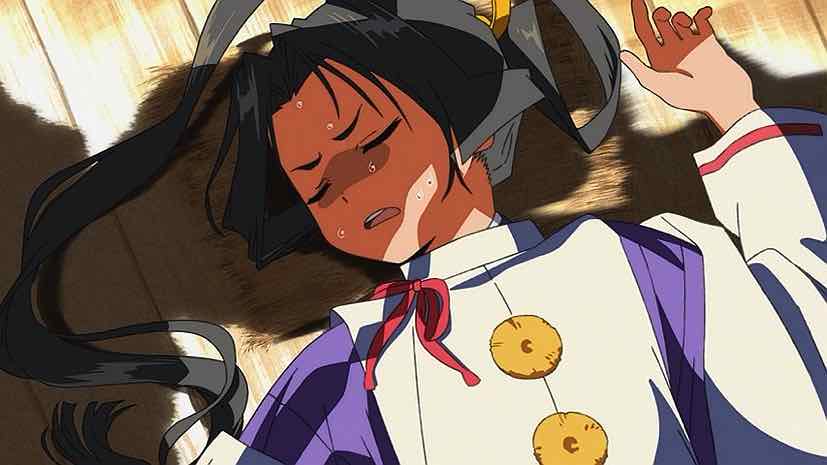 But make no mistake, the events depicted in The Elusive Samurai are existentially brutal. That makes Matsui’s tone at times all the more jarring (and don’t think he doesn’t know it). The focus here is on Tokiyuki’s maternal uncle Muneshige Godaiin (Imaruoka Atsushi). He’s been put in charge of elder brother Kunitoki’s safe escape, but sells him out to the Ashikaga in an attempt to advance his own fortunes. Kunitoki (a 9 year-old child) is beaten brutally by his uncle and then beheaded (a dishonorable way for a samurai to die, for what that’s worth) for the crime of being a Houjou.
But make no mistake, the events depicted in The Elusive Samurai are existentially brutal. That makes Matsui’s tone at times all the more jarring (and don’t think he doesn’t know it). The focus here is on Tokiyuki’s maternal uncle Muneshige Godaiin (Imaruoka Atsushi). He’s been put in charge of elder brother Kunitoki’s safe escape, but sells him out to the Ashikaga in an attempt to advance his own fortunes. Kunitoki (a 9 year-old child) is beaten brutally by his uncle and then beheaded (a dishonorable way for a samurai to die, for what that’s worth) for the crime of being a Houjou.
 This is no dramatic license or fantasy. Read Heike Monogatari (which everyone should do anyway) for an unvarnished depiction of what happens to children on the losing side of a conflict in feudal Japan. For Tokiyuki, in addition to losing his beloved brother it just piles on to the avalanche of betrayal. Self-interest trumps all, and everything and everyone he trusted is undercut. His skill is in evasion, but in this case Yorishige must force him to confront – both figuratively and literally. Tokiyuki has to understand what sort of future he’s facing. And Muneshige, having failed to realize his ambitions by betraying a concubine’s child, now turns his attention to the legitimate Houjou heir.
This is no dramatic license or fantasy. Read Heike Monogatari (which everyone should do anyway) for an unvarnished depiction of what happens to children on the losing side of a conflict in feudal Japan. For Tokiyuki, in addition to losing his beloved brother it just piles on to the avalanche of betrayal. Self-interest trumps all, and everything and everyone he trusted is undercut. His skill is in evasion, but in this case Yorishige must force him to confront – both figuratively and literally. Tokiyuki has to understand what sort of future he’s facing. And Muneshige, having failed to realize his ambitions by betraying a concubine’s child, now turns his attention to the legitimate Houjou heir.
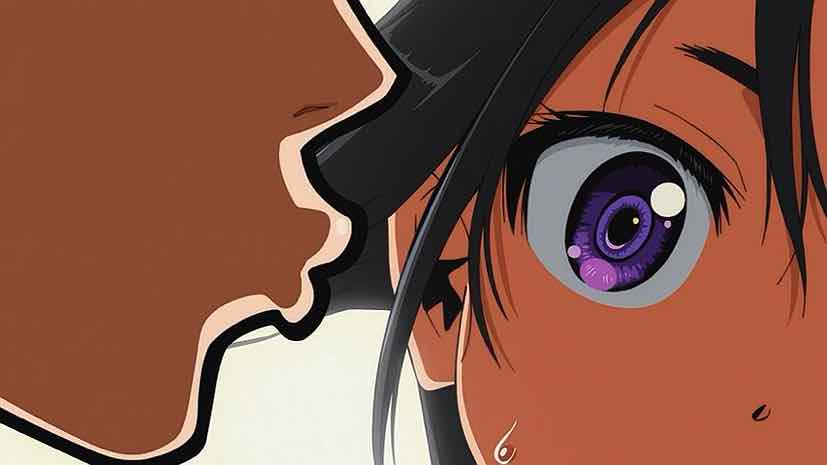 At this point Yorishige introduces Tokiyuki to two children of his retainers – Nezu Kojirou (Hino Mari) and Mochizuki Ayako (Suzushiro Sayumi). They’ve remained loyal to the Suwa, and thus to the Houjou. They’re also about Tokiyuki’s age, offering him a sense of camaraderie, and (unlike him) stuck around for their combat training. They can offer the Young Lord support in battle, but they’re not his shield – they’re his fists. And Muneshige offers the perfect opportunity to help the kids understand their roles. Tokiyuki only flowers when he’s in genuine peril – that’s when he’e innate skill in evasion comes to the fore. And not just skill – his exuberance as well. This is only a boy who feels truly alive when he’s fighting to stay alive.
At this point Yorishige introduces Tokiyuki to two children of his retainers – Nezu Kojirou (Hino Mari) and Mochizuki Ayako (Suzushiro Sayumi). They’ve remained loyal to the Suwa, and thus to the Houjou. They’re also about Tokiyuki’s age, offering him a sense of camaraderie, and (unlike him) stuck around for their combat training. They can offer the Young Lord support in battle, but they’re not his shield – they’re his fists. And Muneshige offers the perfect opportunity to help the kids understand their roles. Tokiyuki only flowers when he’s in genuine peril – that’s when he’e innate skill in evasion comes to the fore. And not just skill – his exuberance as well. This is only a boy who feels truly alive when he’s fighting to stay alive.
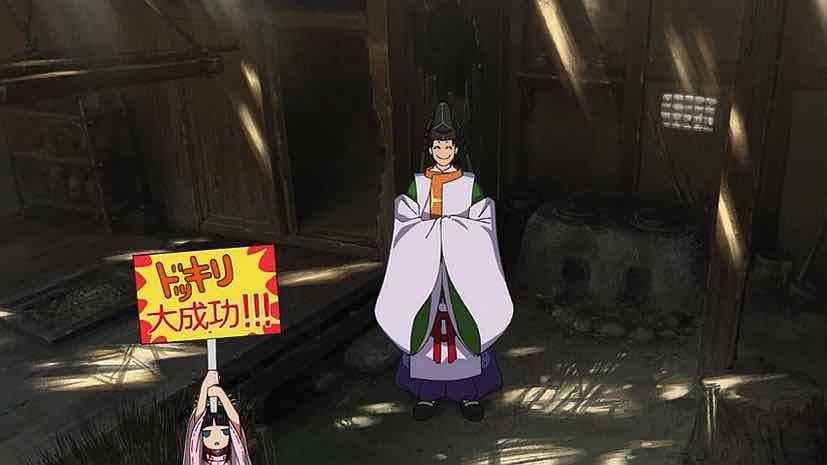 As for the children’s showdown with Muneshige, it doesn’t need me to call out how beautifully executed it was. But again darkness is the essential nature of it, because it ends with Tokiyuki taking his uncle’s head. Eight year-olds shouldn’t have to fight, never mind kill – but Tokiyuki’s existence offers no room for such concerns. A hostile world wants him dead, and his desire to live must be strong enough to do what’s necessary to continue doing so. This is the first lesson Yorishige is teaching Tokiyuki. He plays the clown to be sure, but Yorishige is anything but a fool – he knows what his young charge now faces better than anyone else.
As for the children’s showdown with Muneshige, it doesn’t need me to call out how beautifully executed it was. But again darkness is the essential nature of it, because it ends with Tokiyuki taking his uncle’s head. Eight year-olds shouldn’t have to fight, never mind kill – but Tokiyuki’s existence offers no room for such concerns. A hostile world wants him dead, and his desire to live must be strong enough to do what’s necessary to continue doing so. This is the first lesson Yorishige is teaching Tokiyuki. He plays the clown to be sure, but Yorishige is anything but a fool – he knows what his young charge now faces better than anyone else.
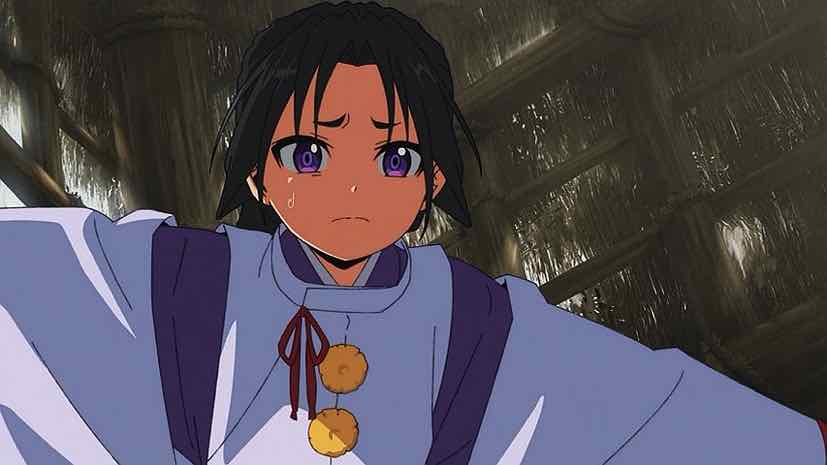 I can only say that these first two episodes have exceeded any hopes I had for them, never mind expectations. There were talented people working on this project and the early promotional material looked terrific, but The Elusive Samurai’s neglect at the hands of the publisher has built up a lot of scar tissue. I don’t know how we got to this point – it doesn’t make sense. But then it didn’t really make sense with Heavenly Delusion either given its modest sales (though Production I.G. being in charge was a strong leading indicator). We’re two episodes into a two-cour (apparently split) adaptation, and a lot can still happen. But one could hardly ask for a better start than this adaptation has delivered in every meaningful way.
I can only say that these first two episodes have exceeded any hopes I had for them, never mind expectations. There were talented people working on this project and the early promotional material looked terrific, but The Elusive Samurai’s neglect at the hands of the publisher has built up a lot of scar tissue. I don’t know how we got to this point – it doesn’t make sense. But then it didn’t really make sense with Heavenly Delusion either given its modest sales (though Production I.G. being in charge was a strong leading indicator). We’re two episodes into a two-cour (apparently split) adaptation, and a lot can still happen. But one could hardly ask for a better start than this adaptation has delivered in every meaningful way.


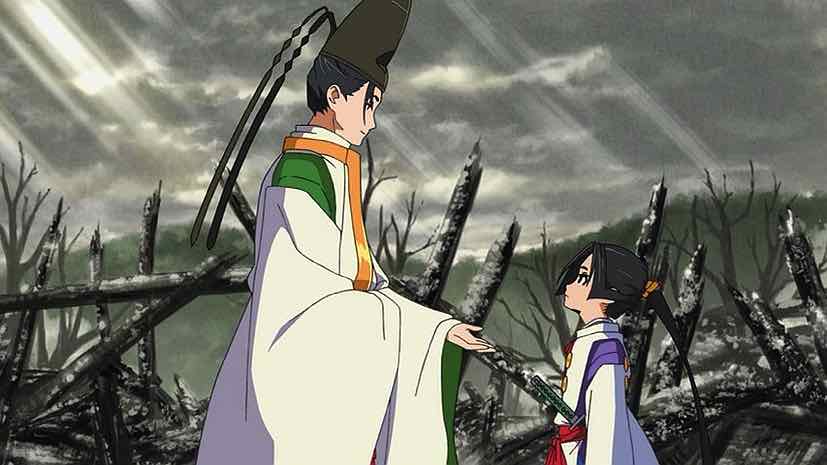
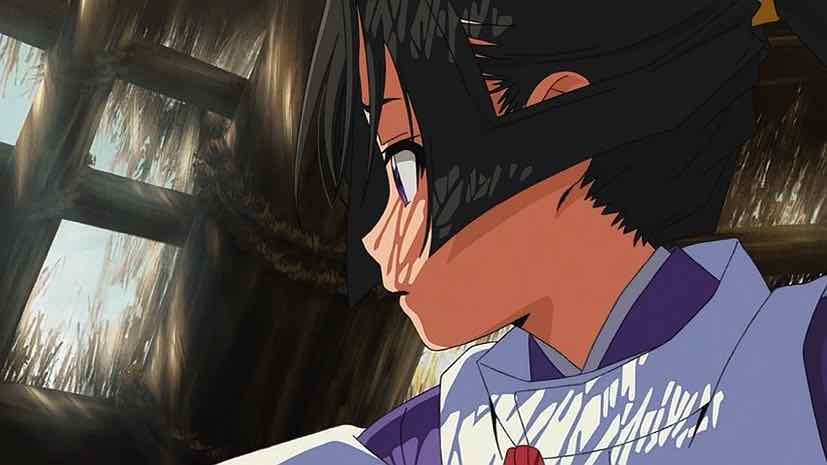
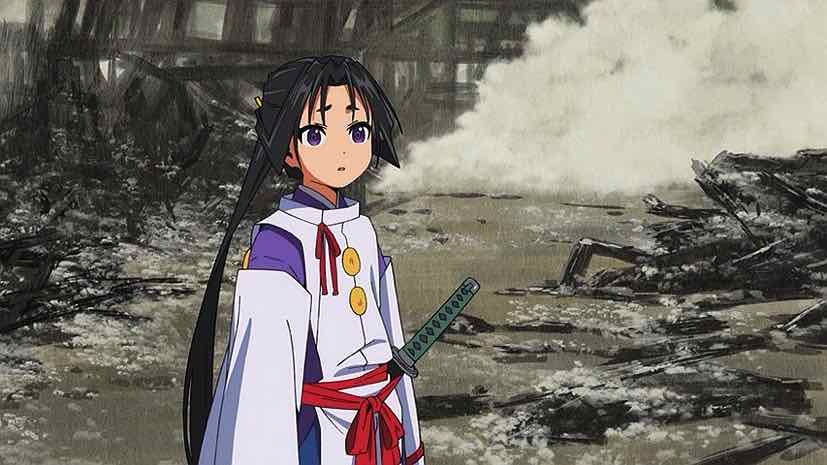
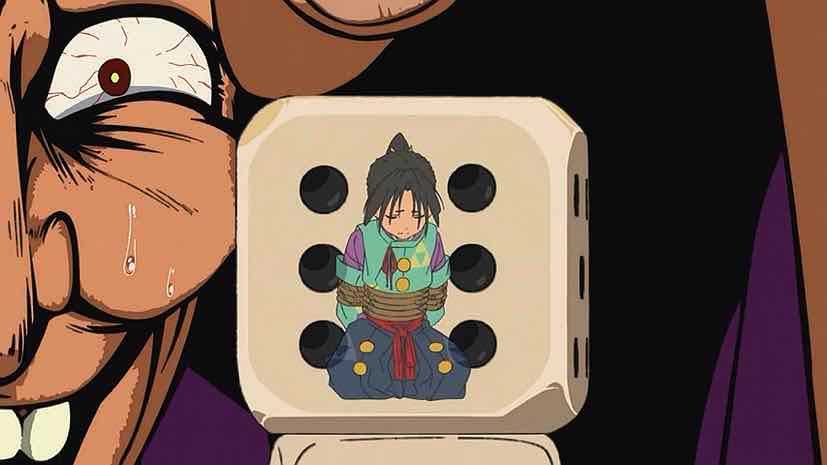
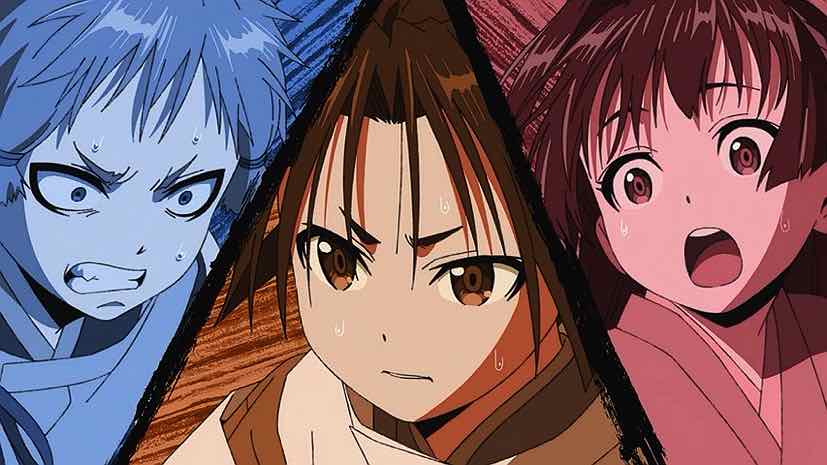
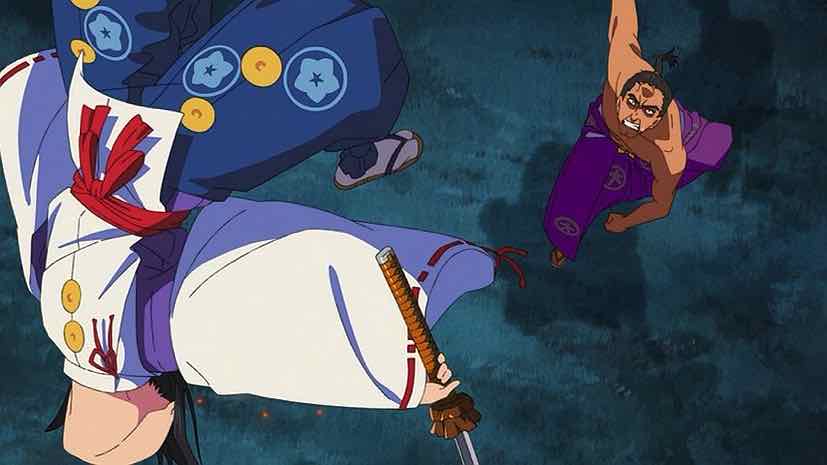
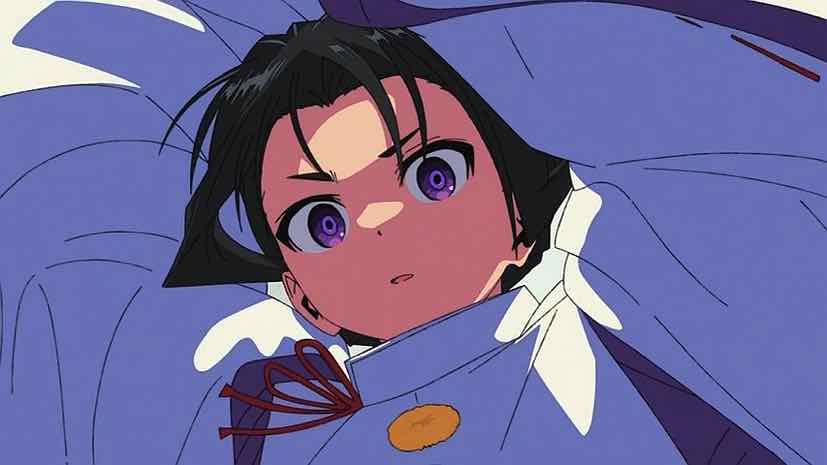

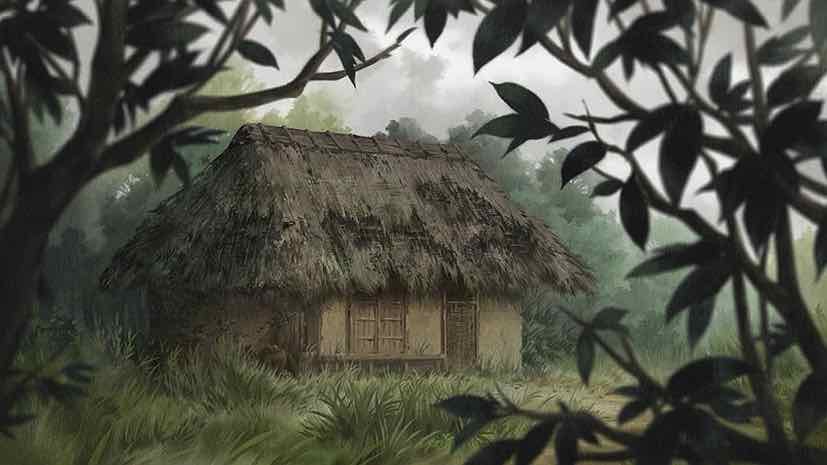
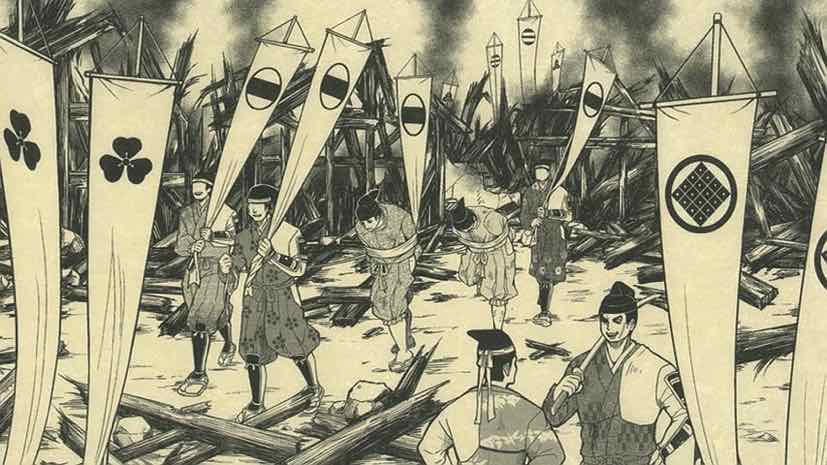
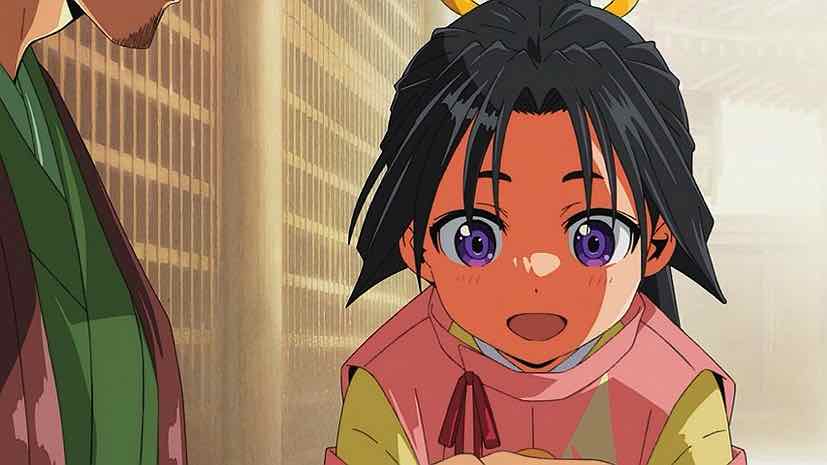
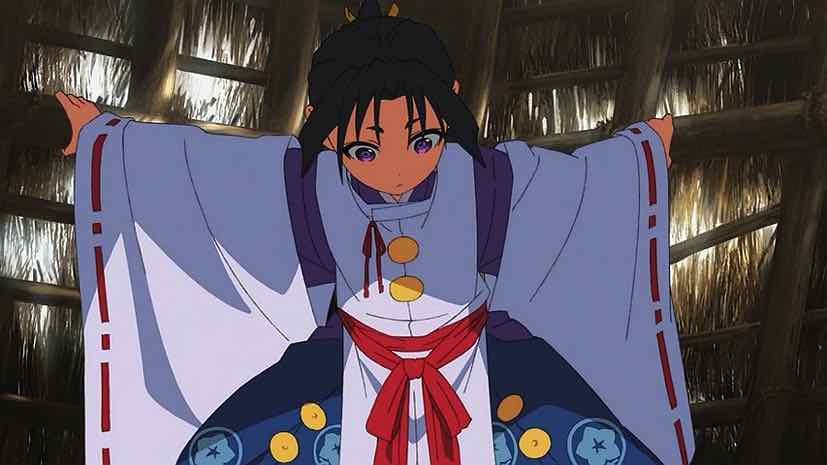
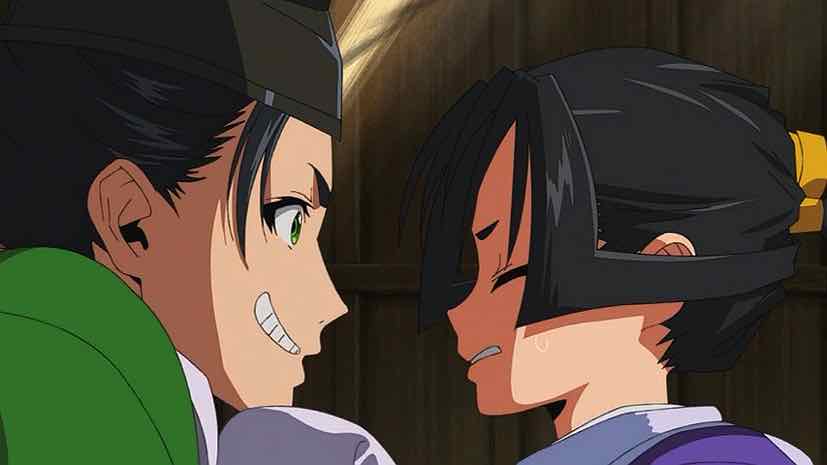
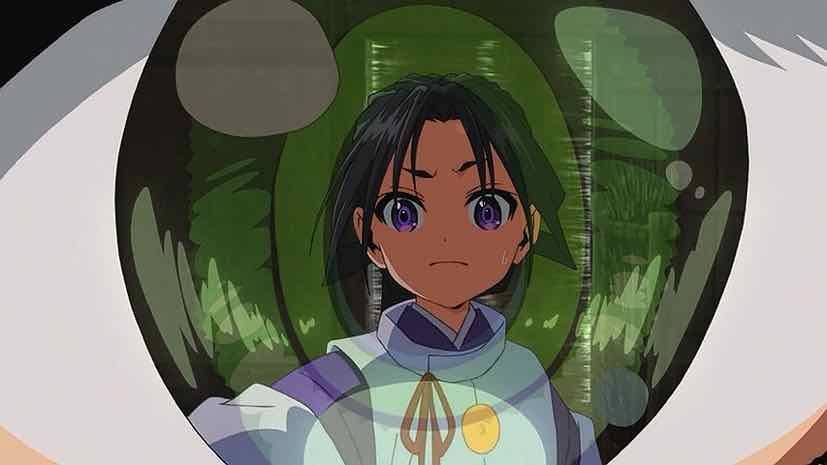

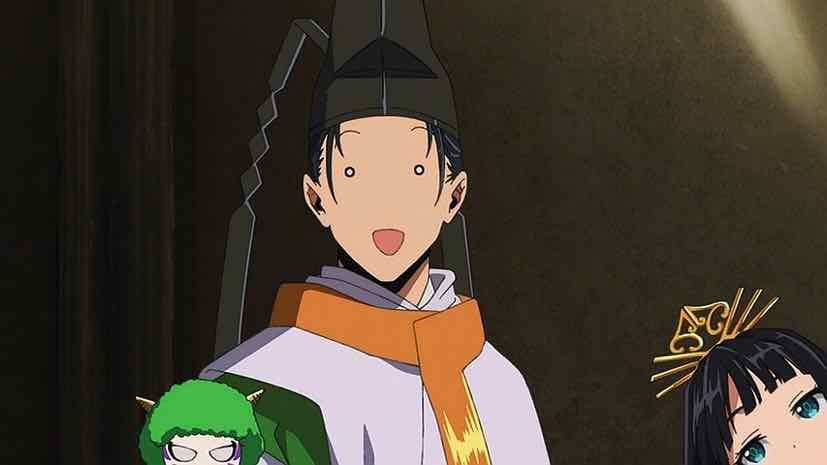
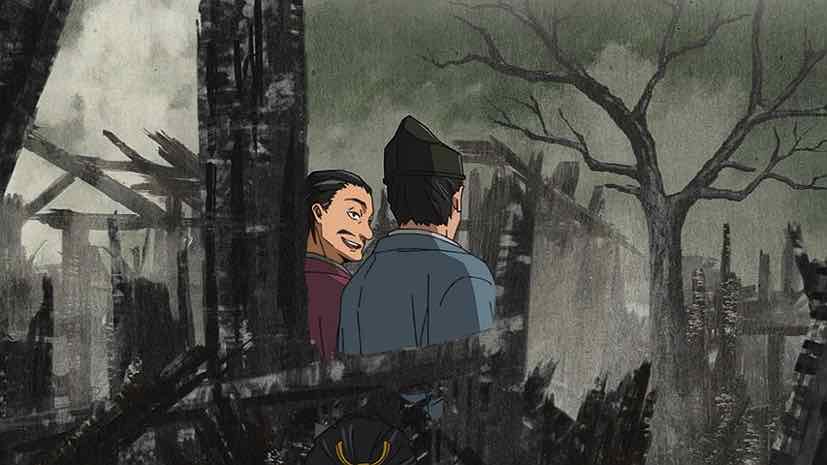
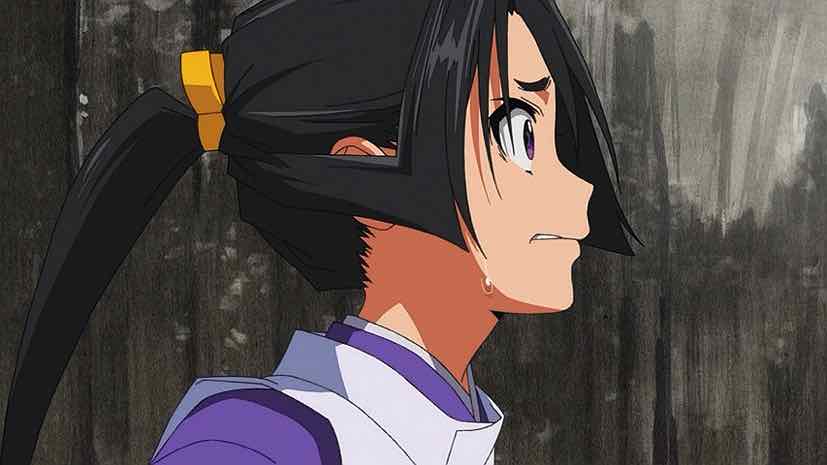
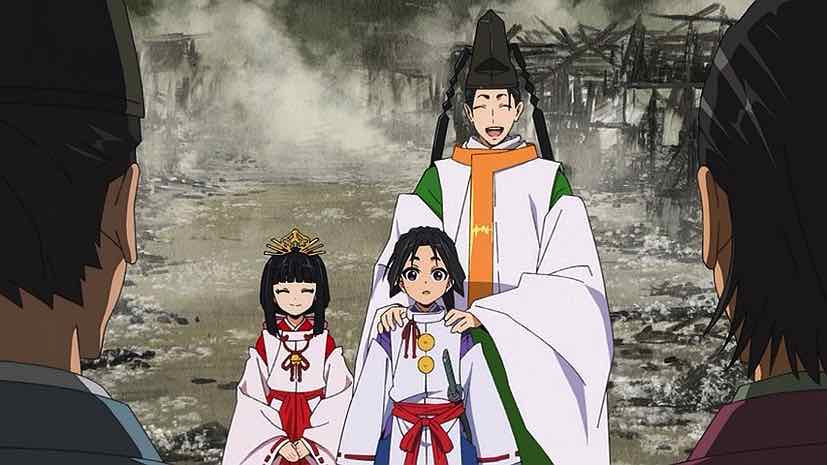
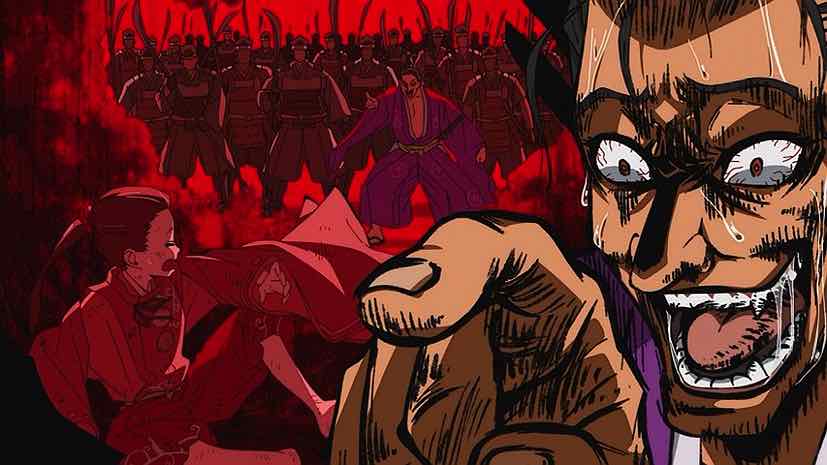
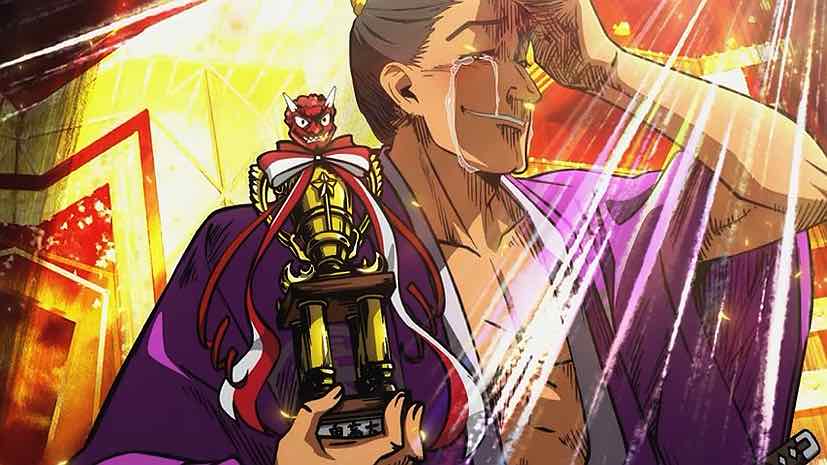
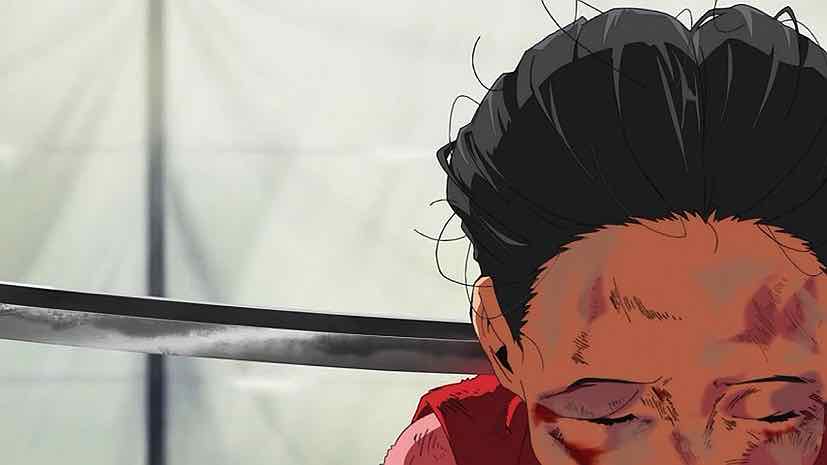

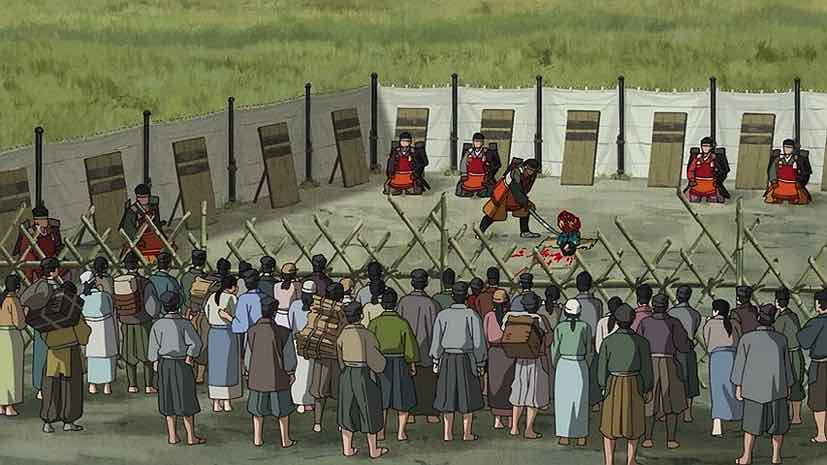
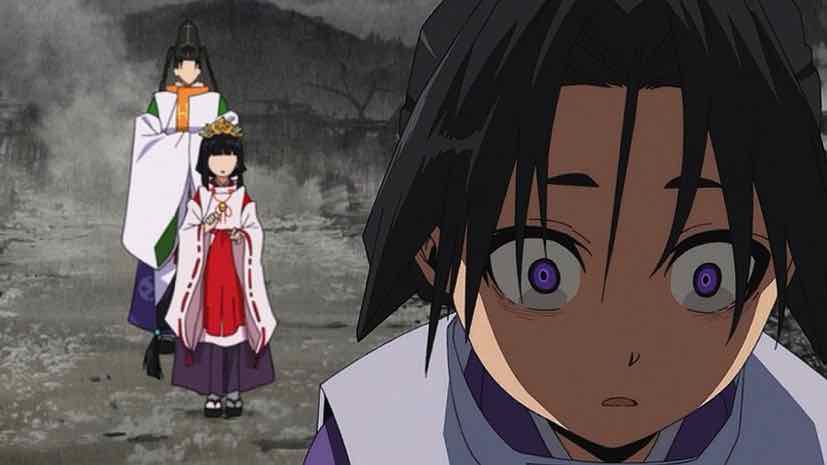

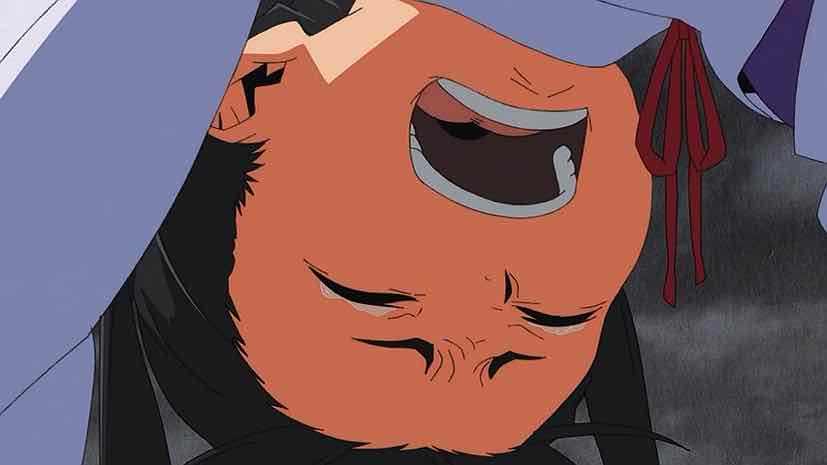
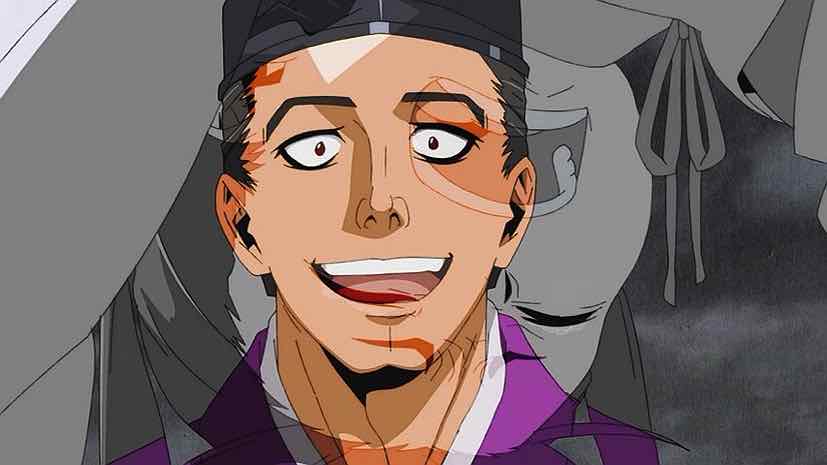
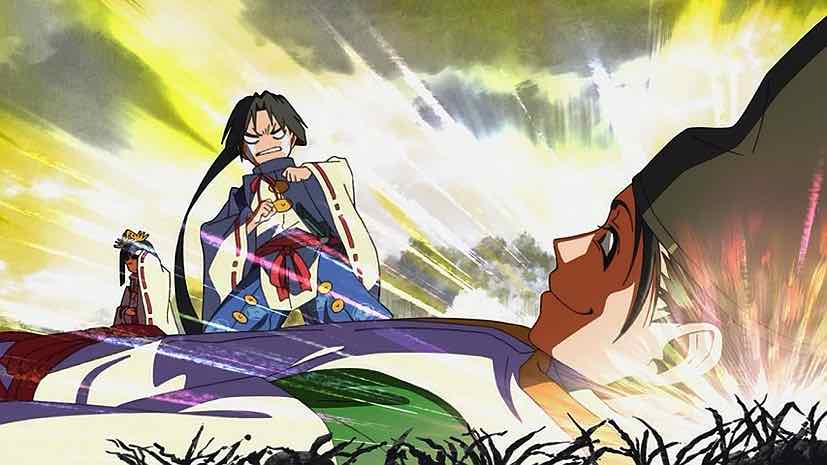
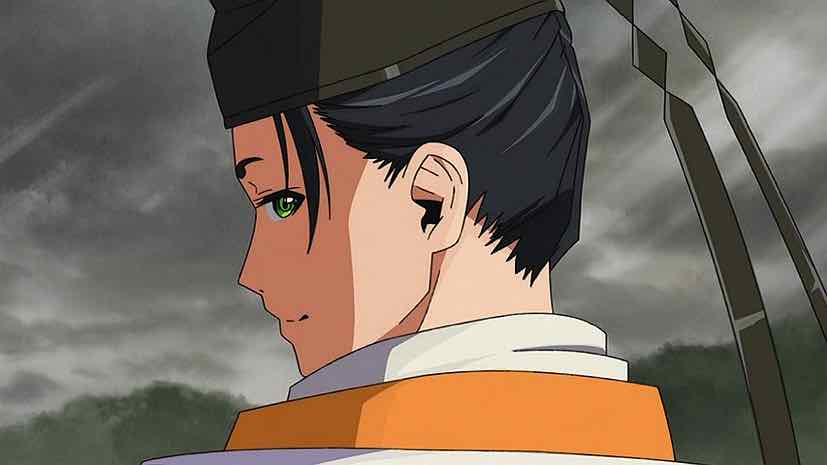
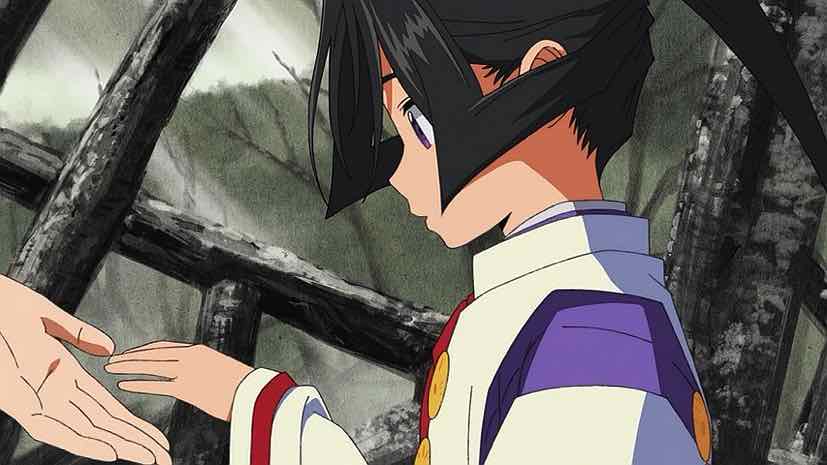
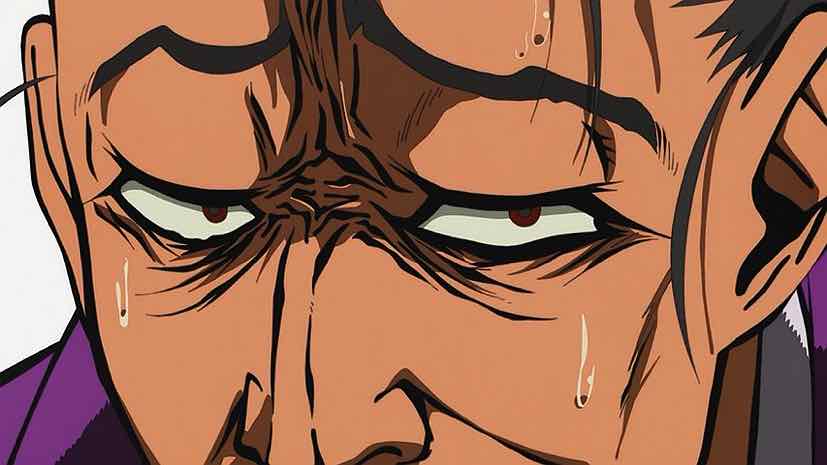
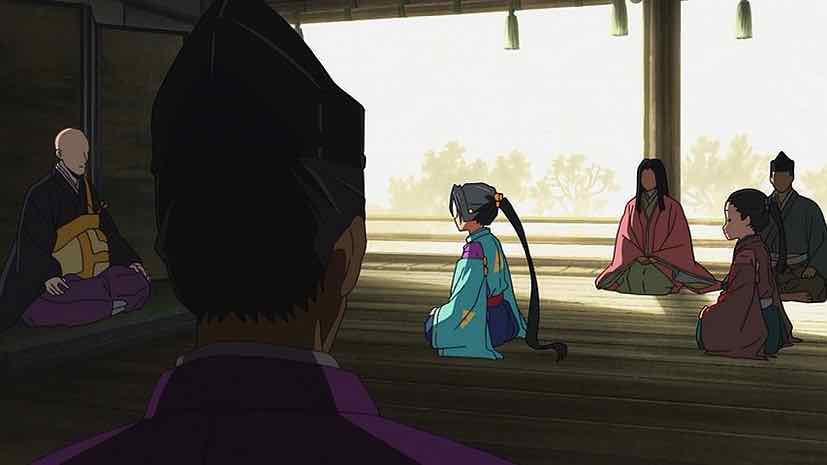
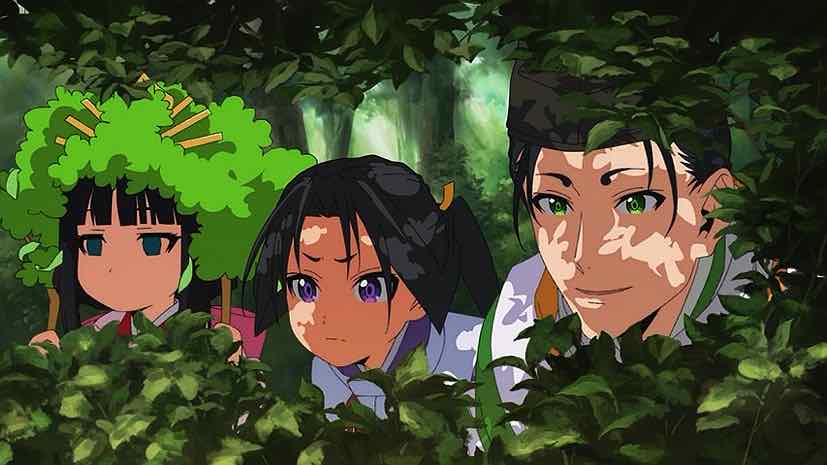
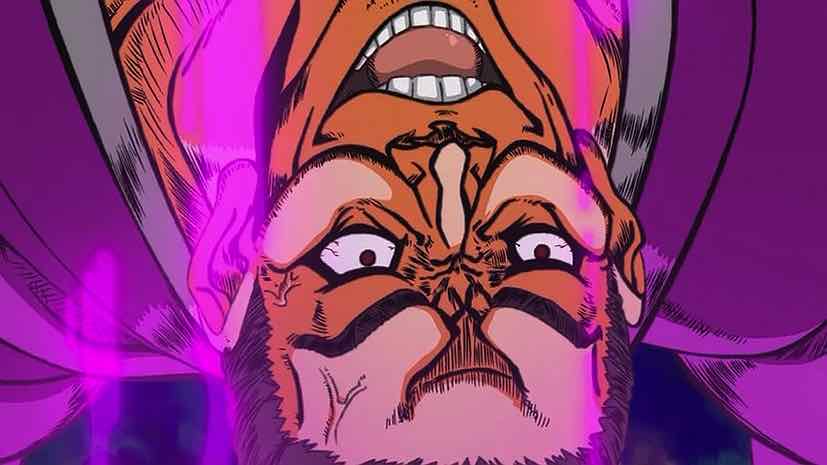
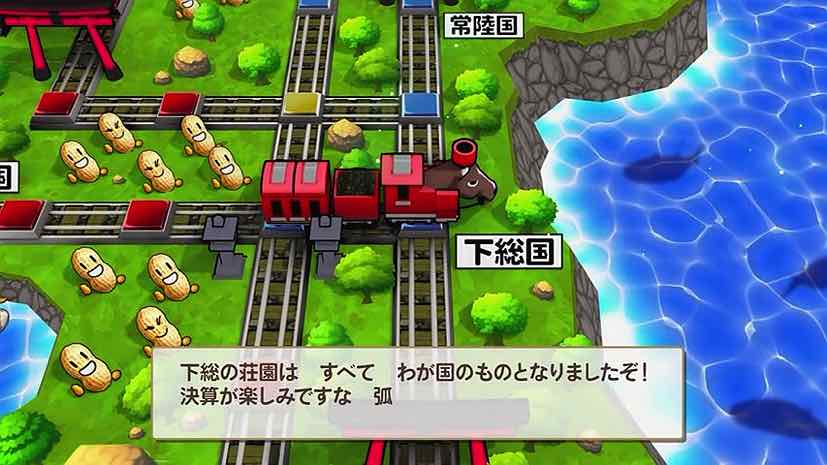
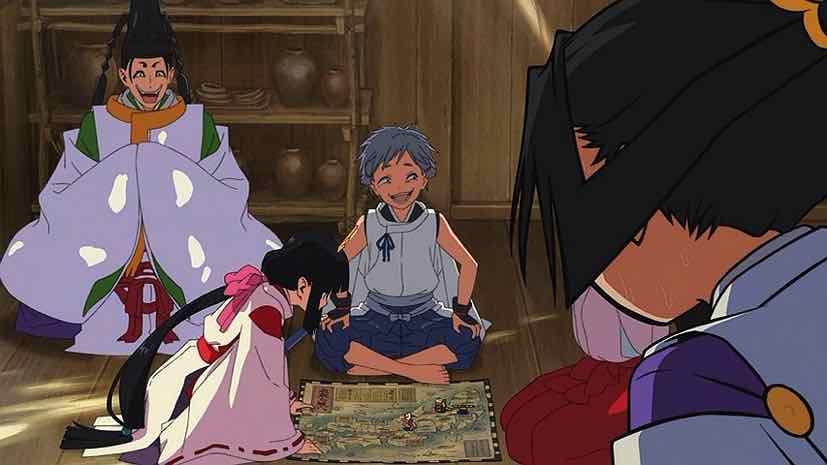
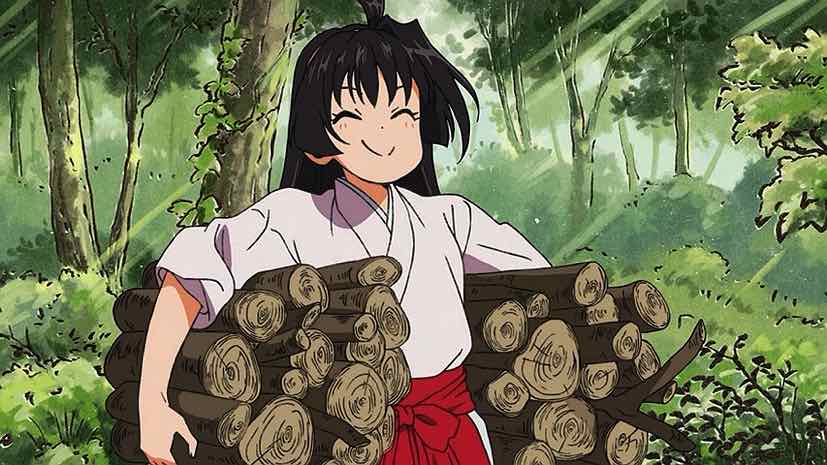
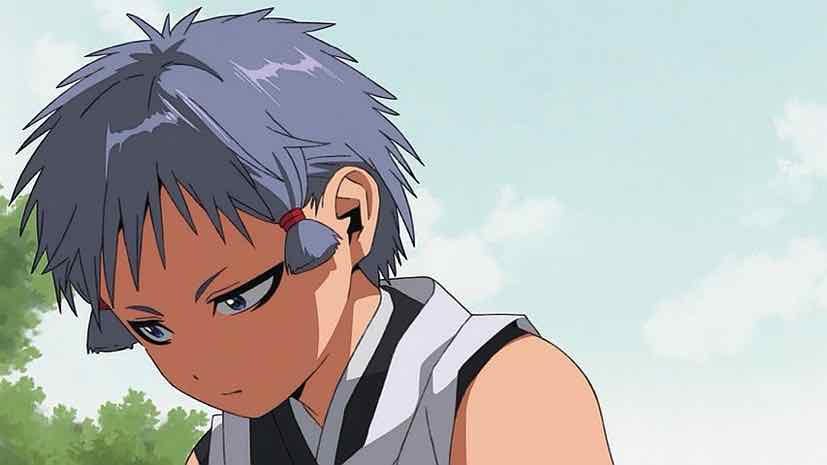

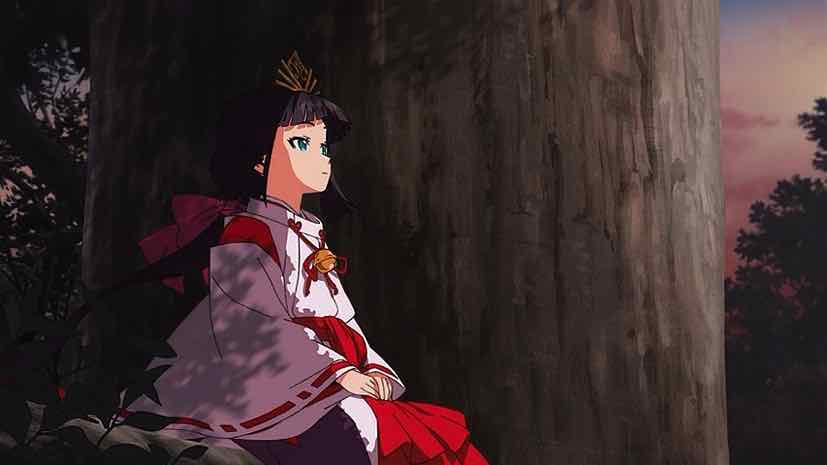
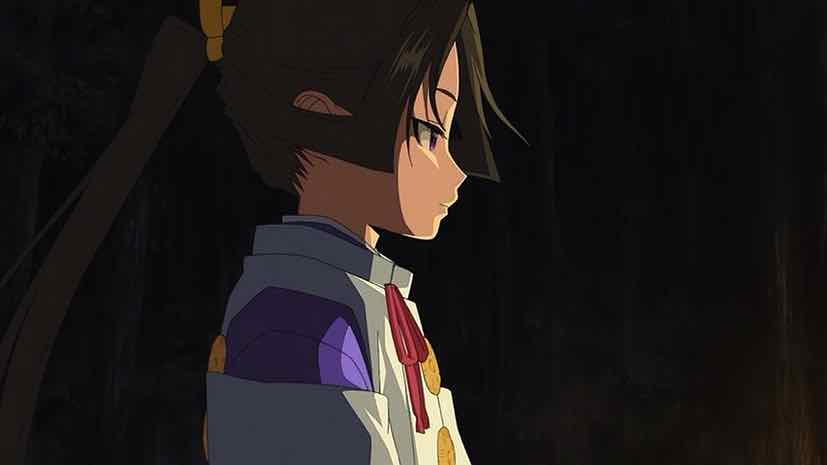
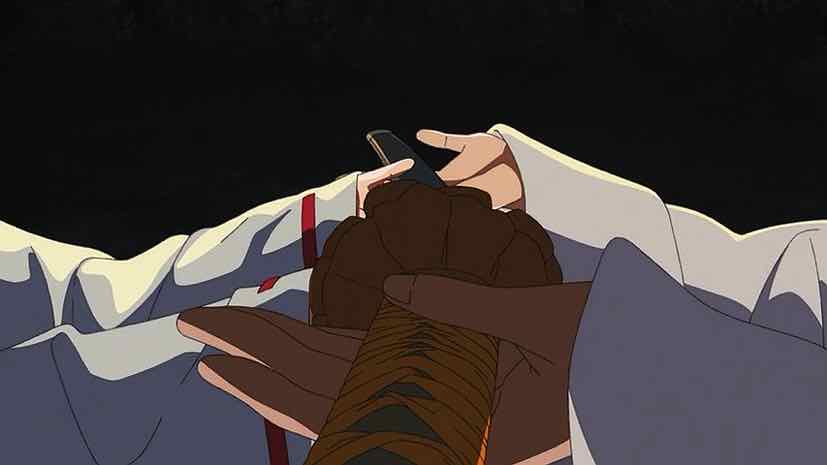
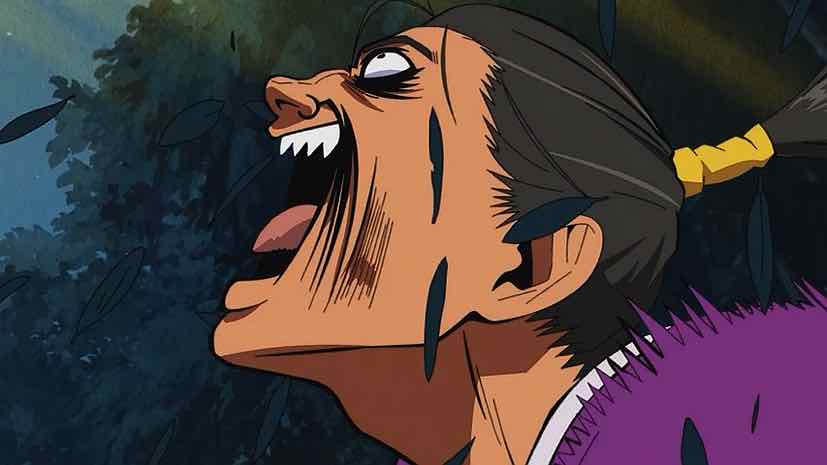
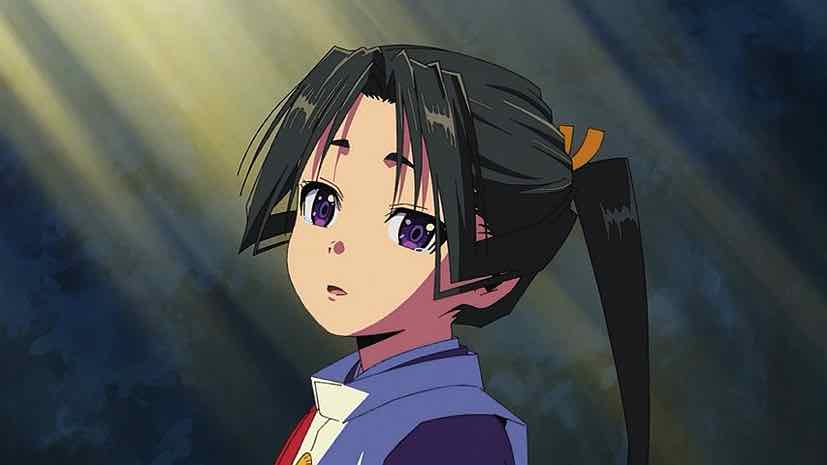
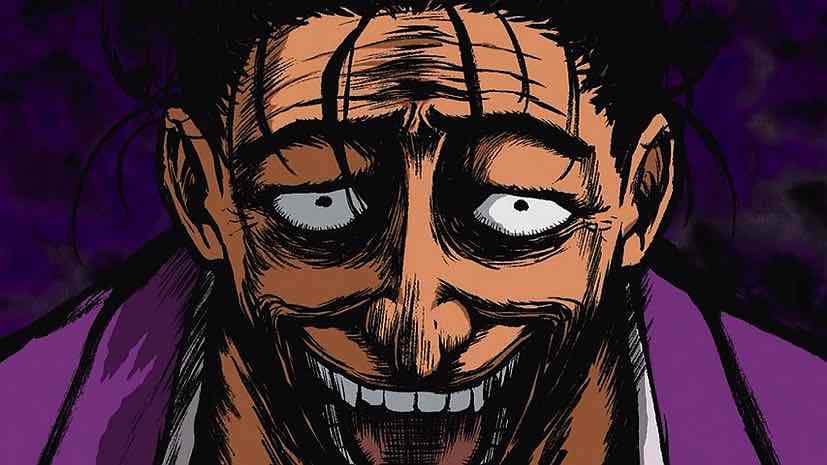
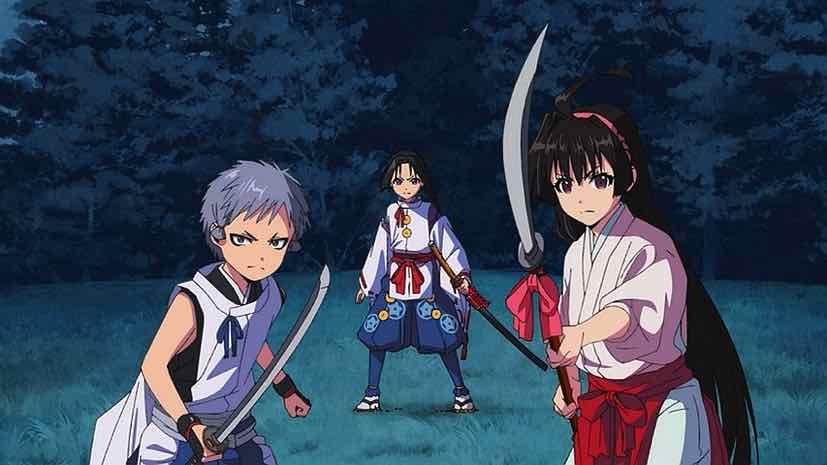
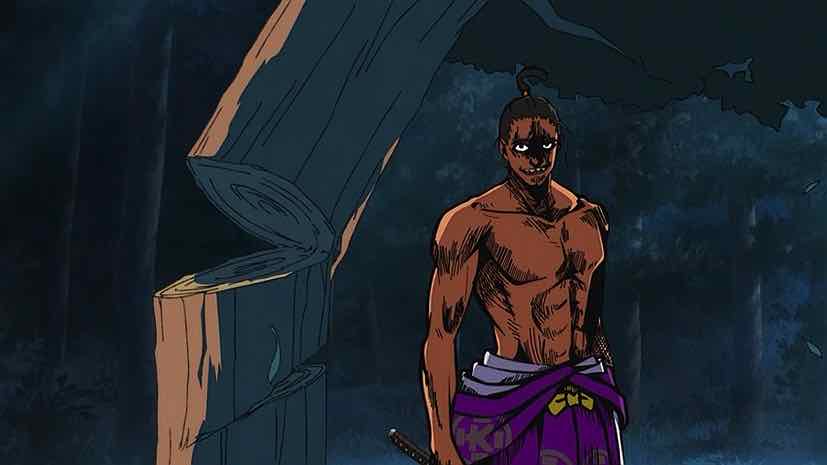
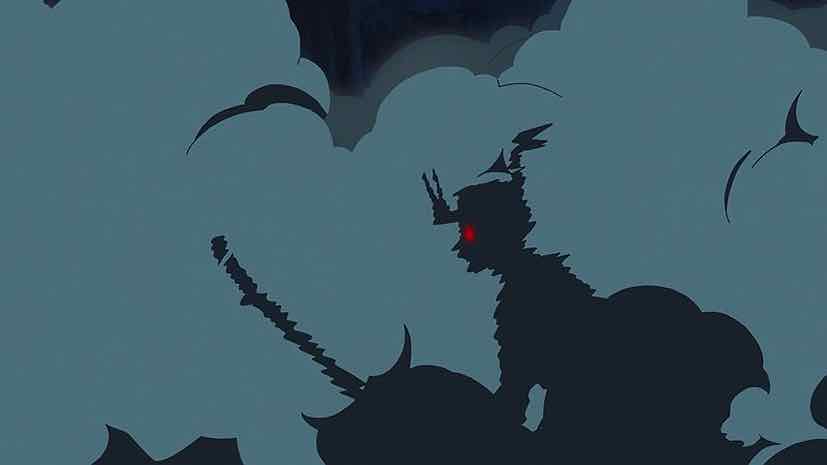
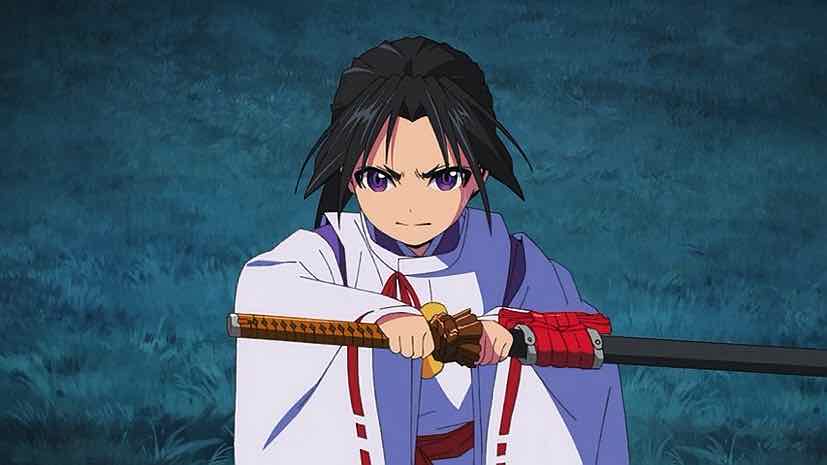
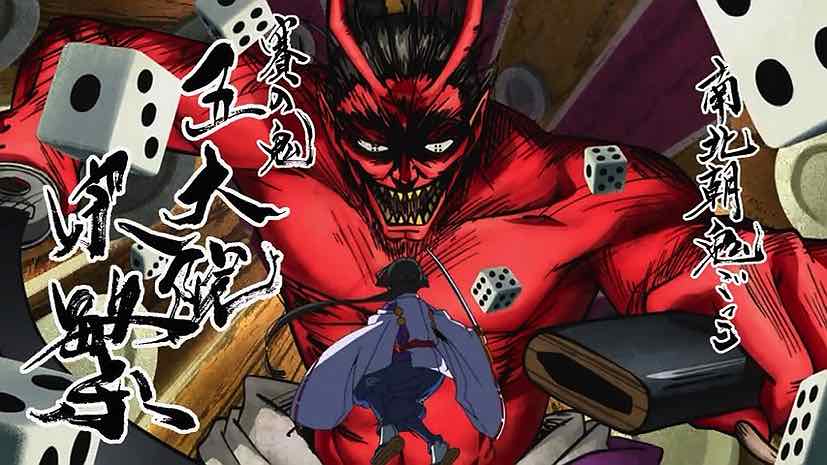
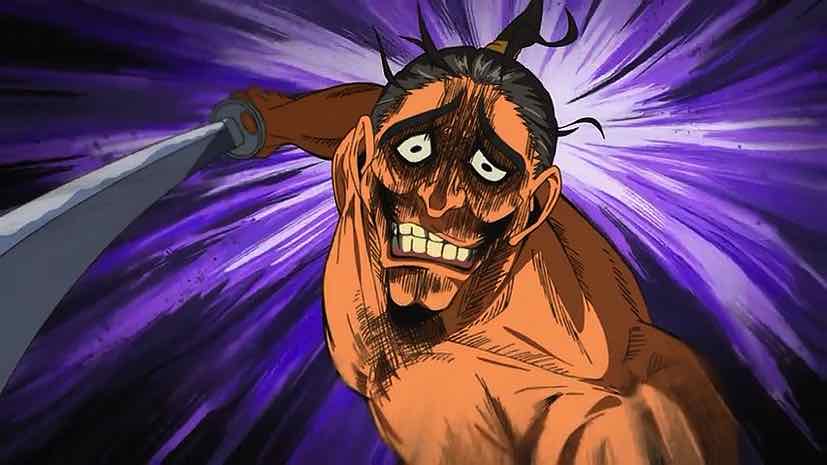
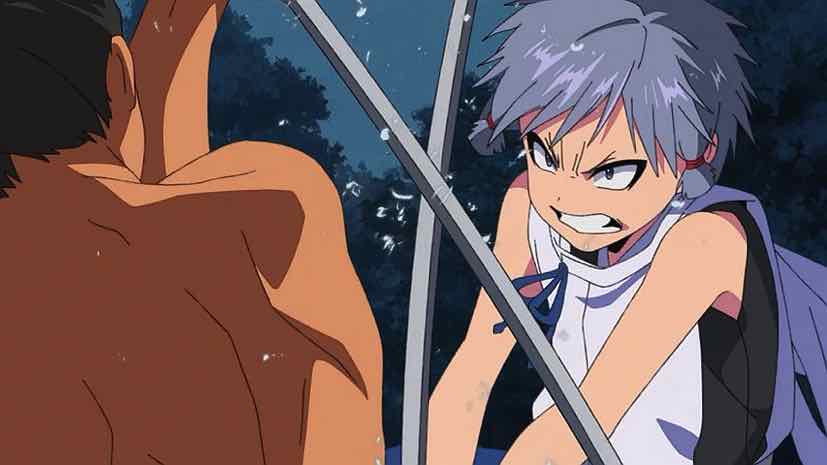
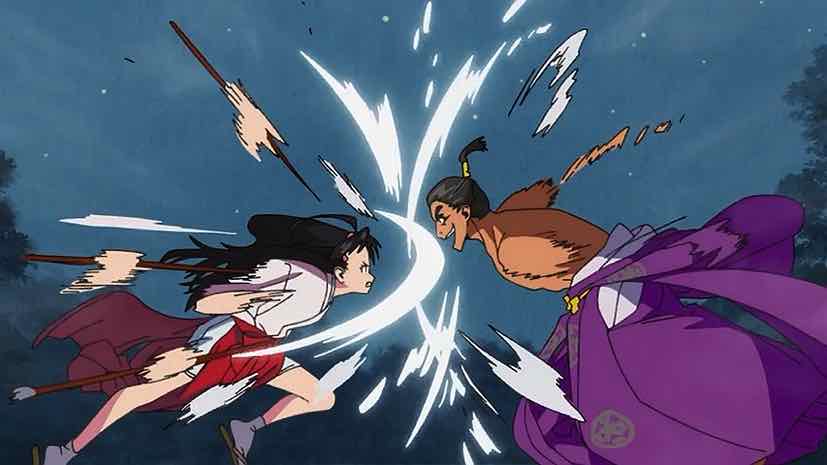

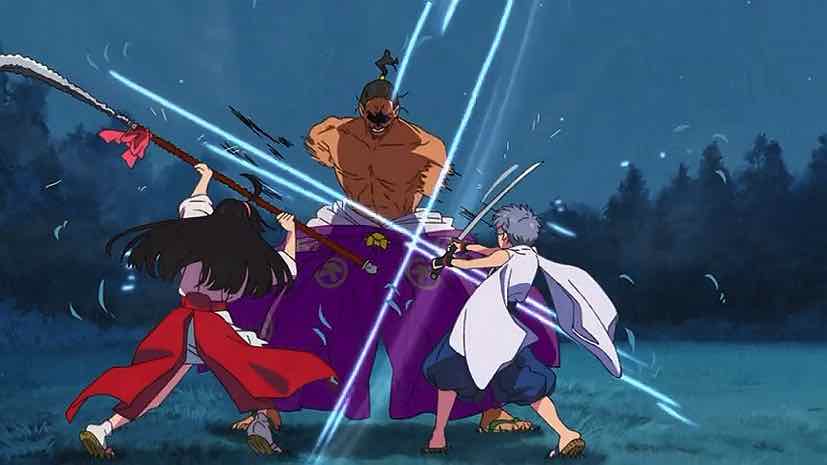
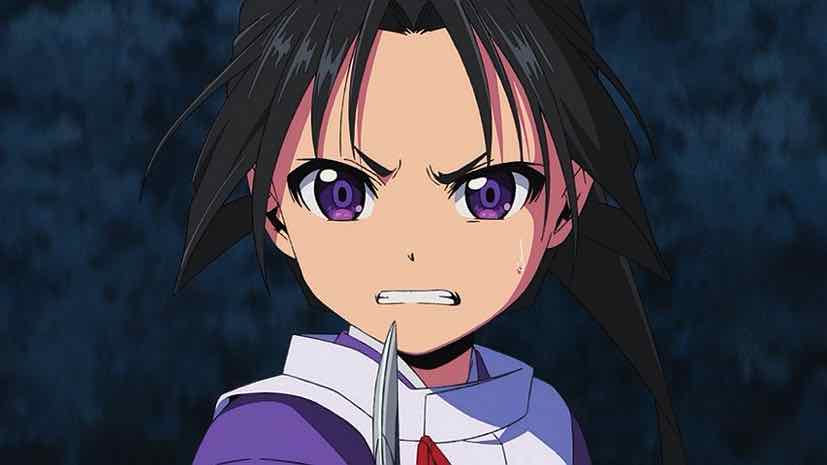
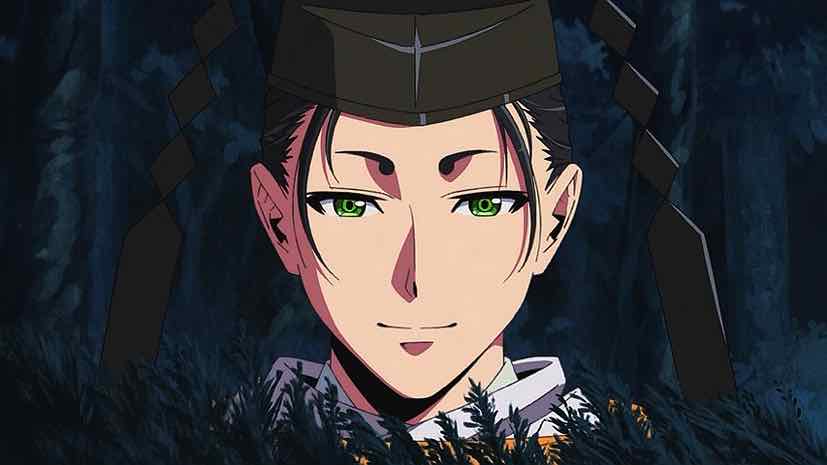
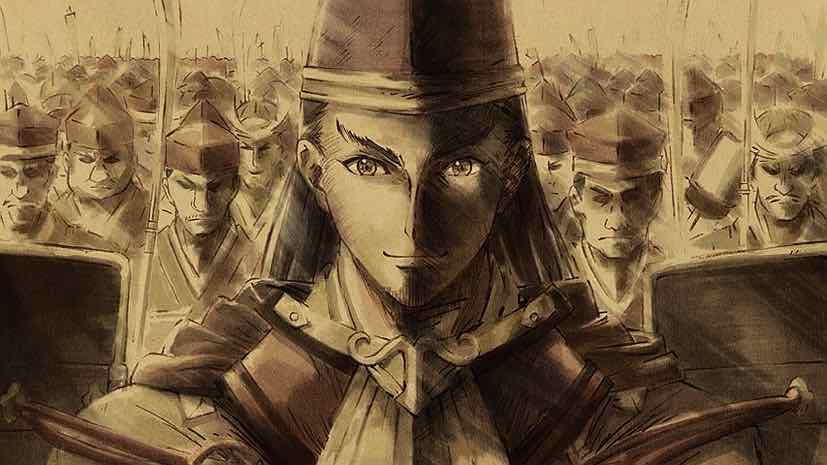
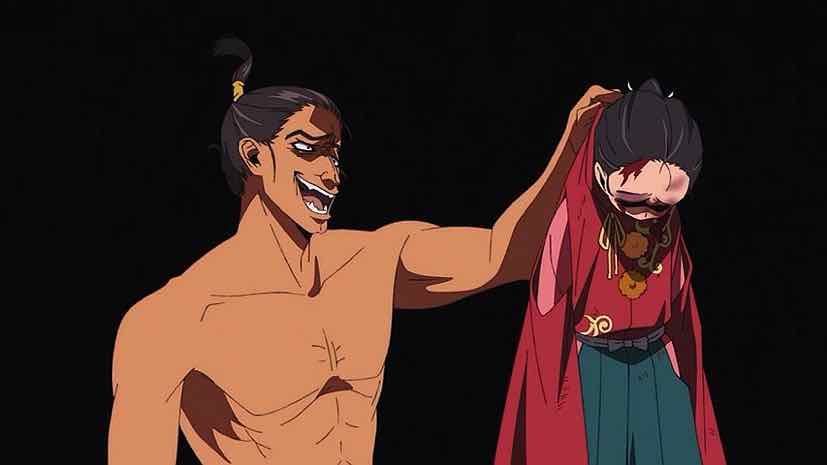
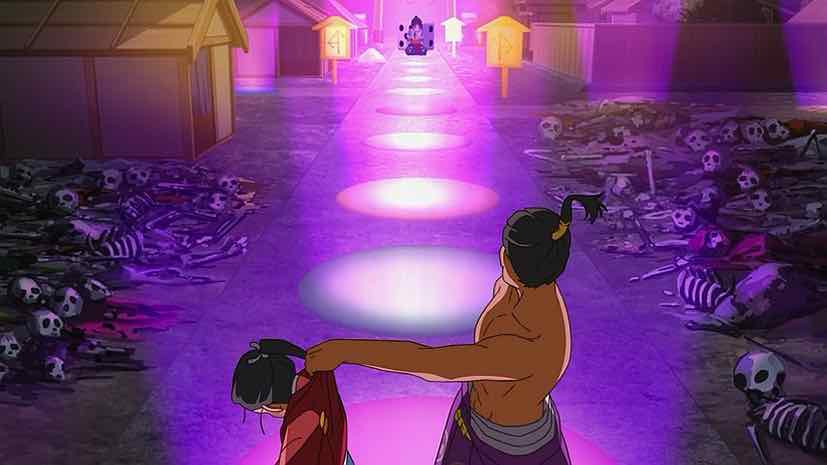
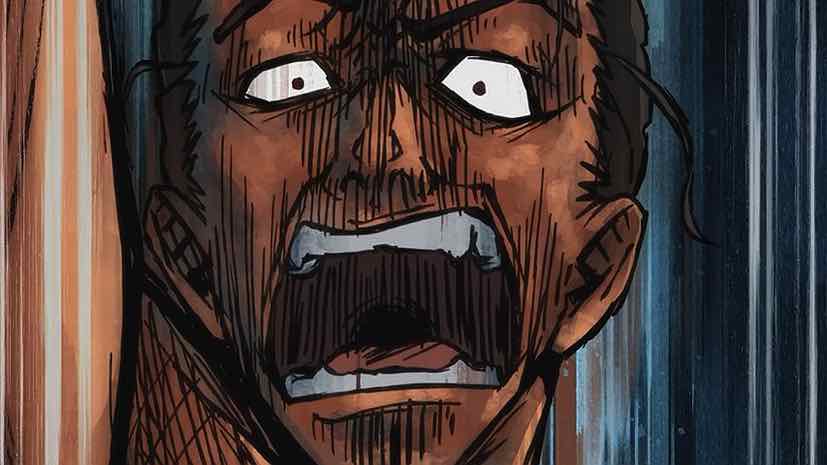
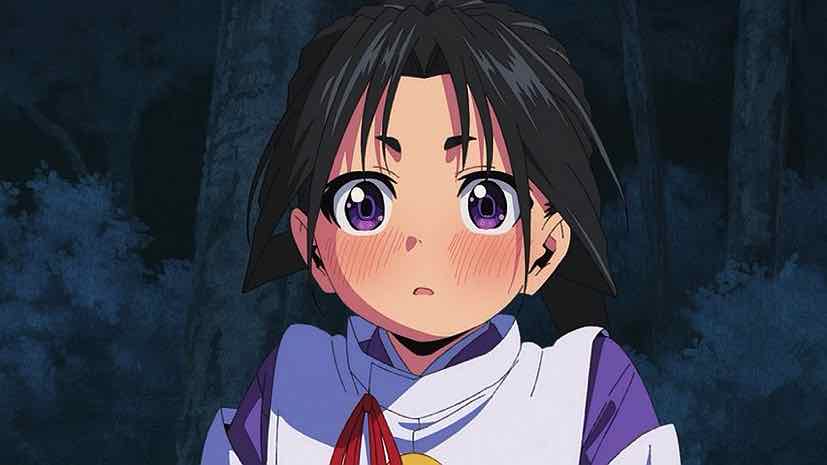
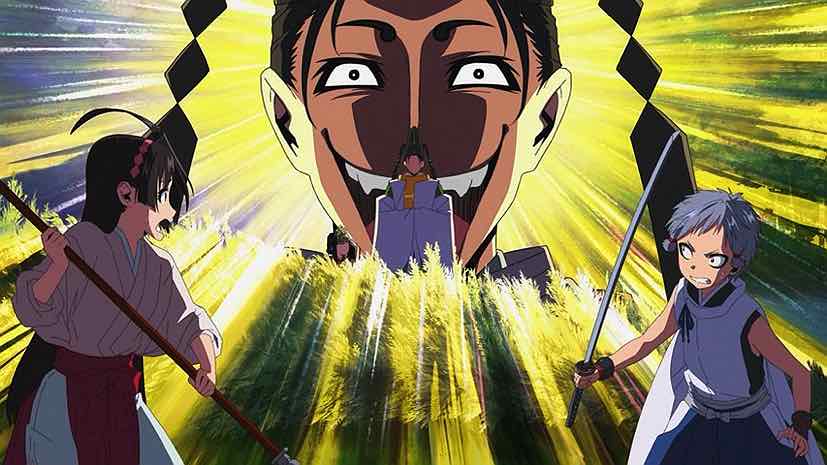
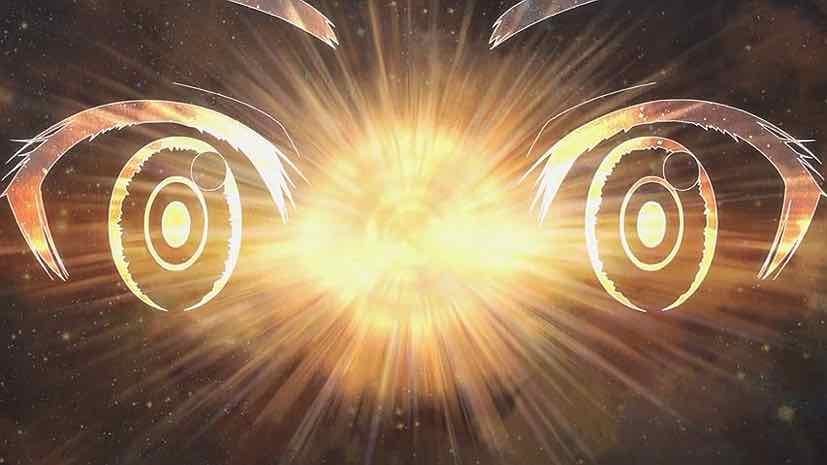
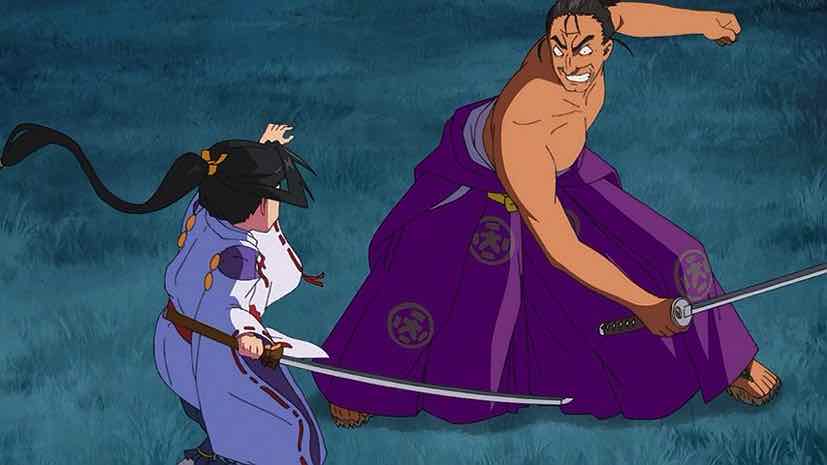
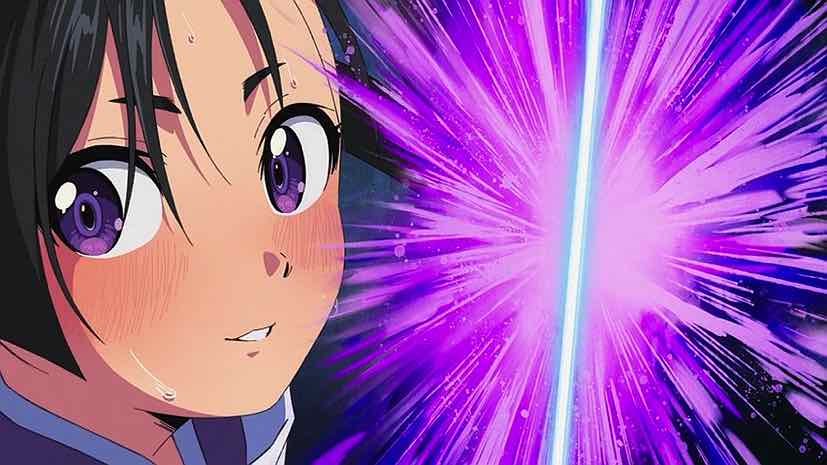
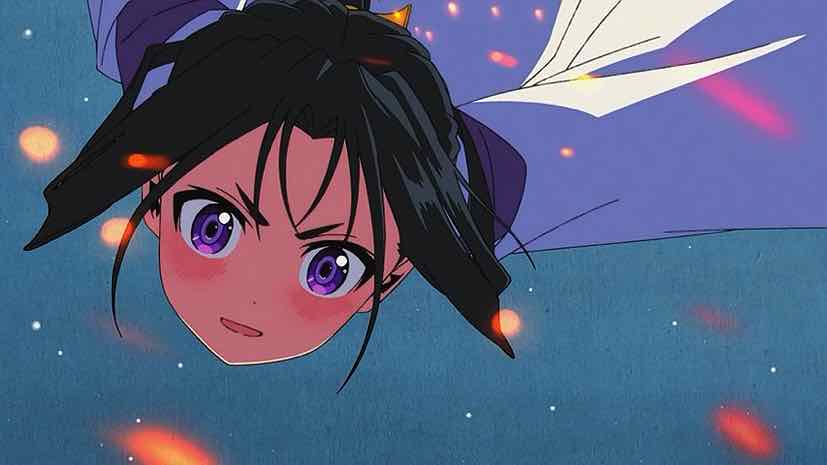
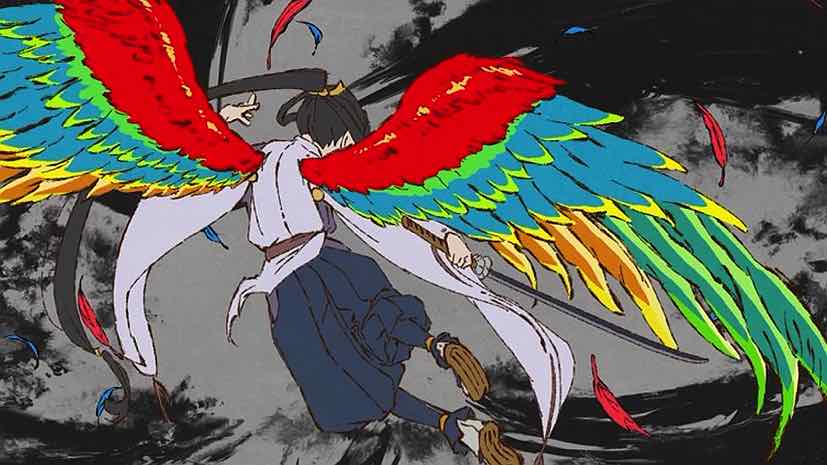


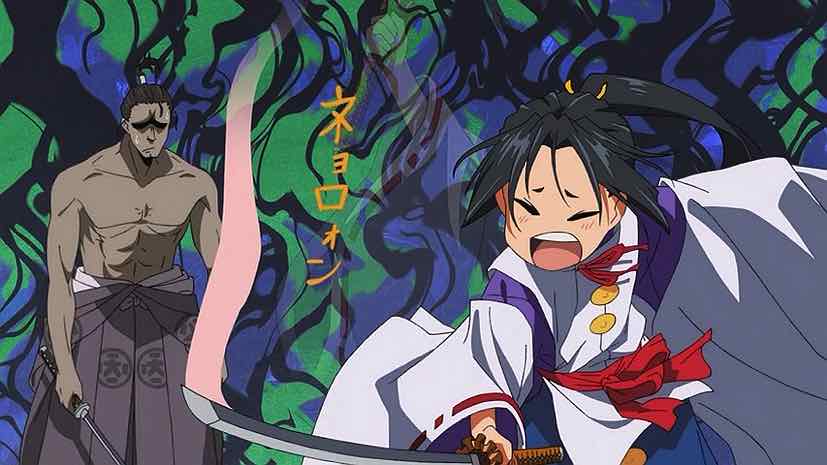
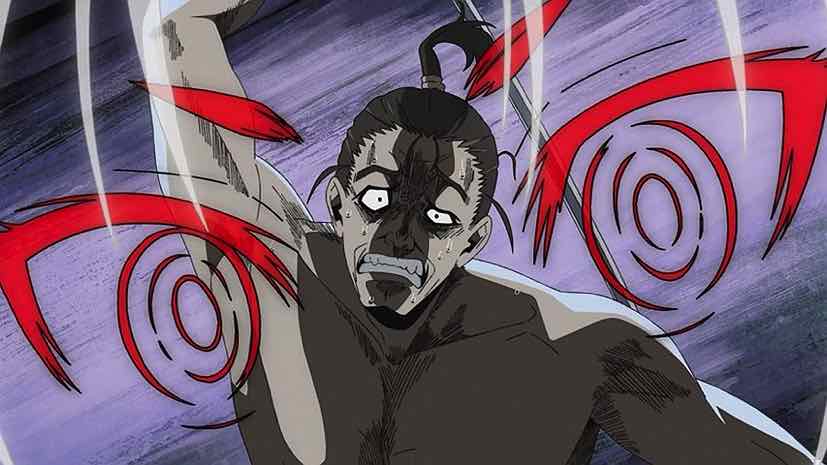

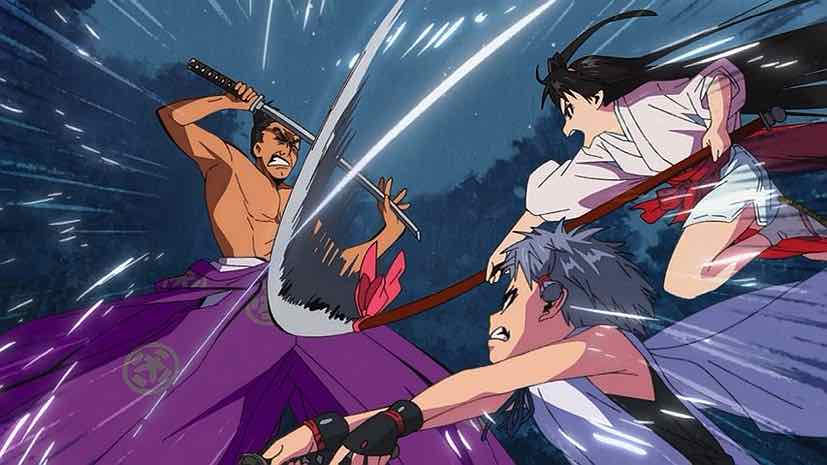
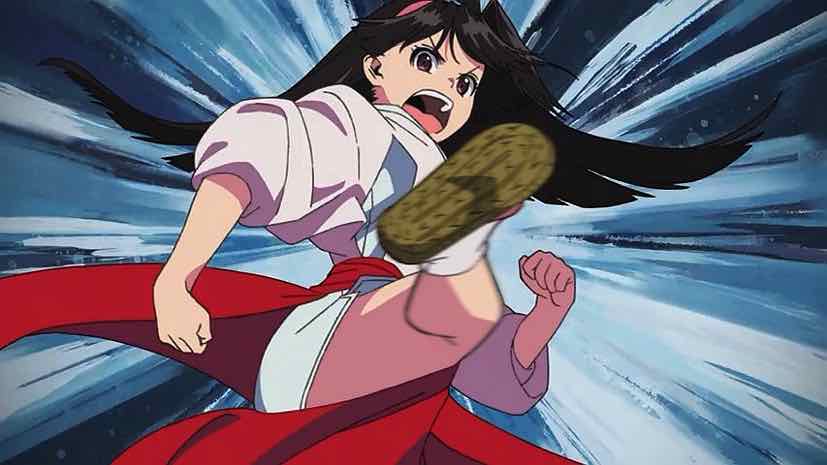
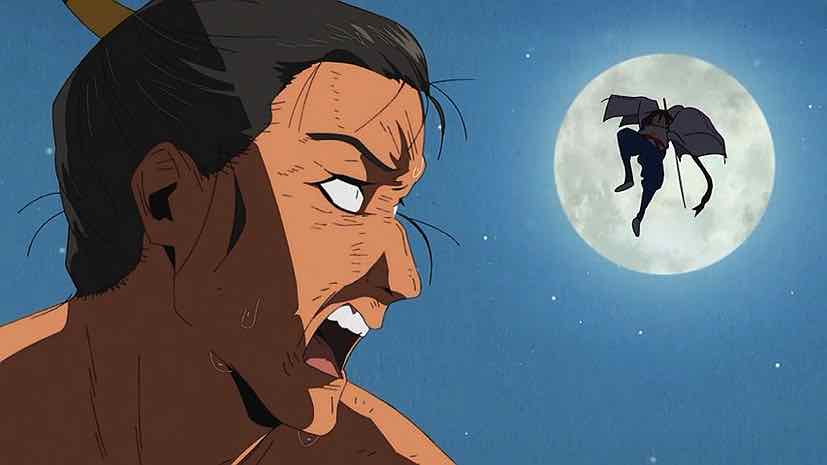
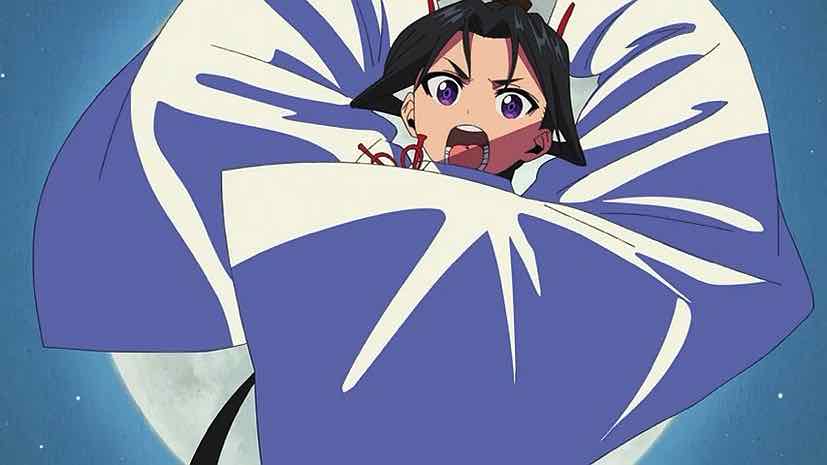
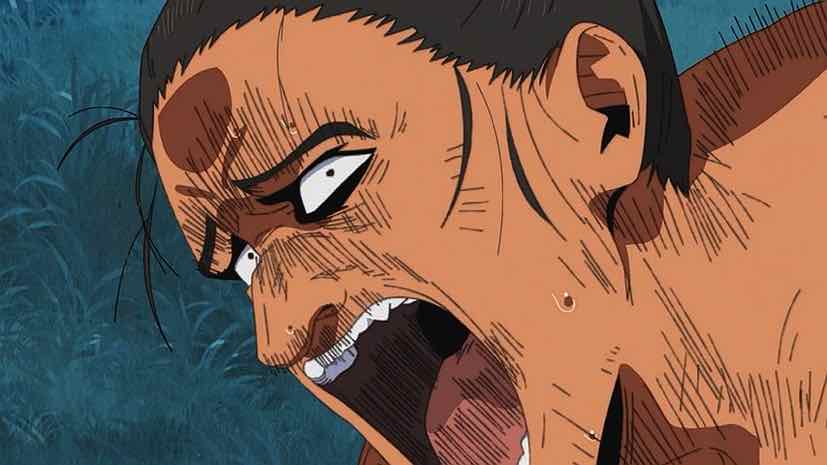
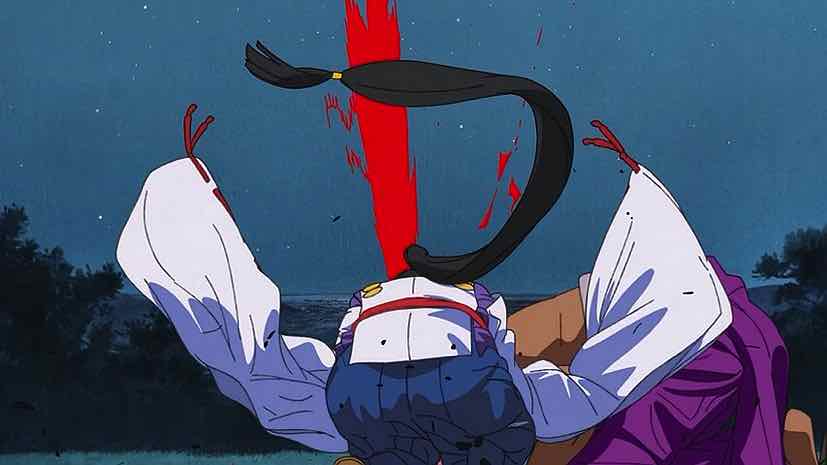
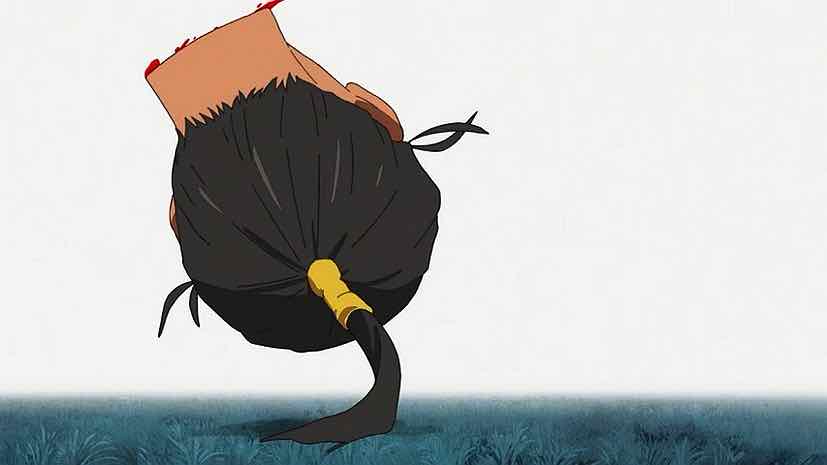
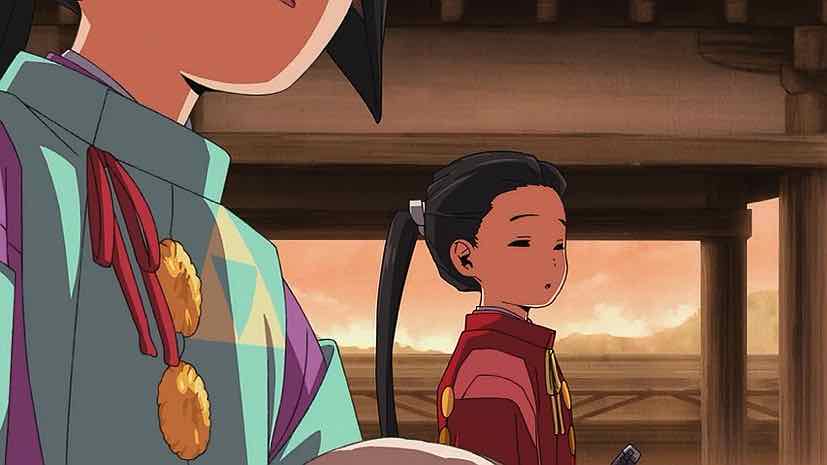
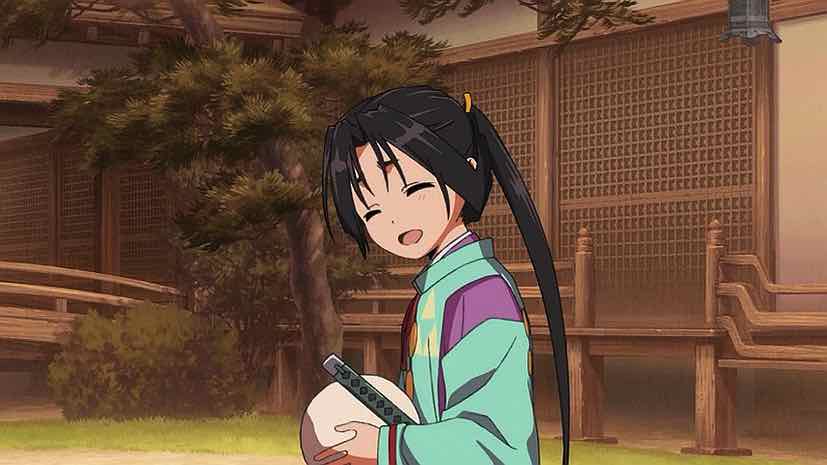
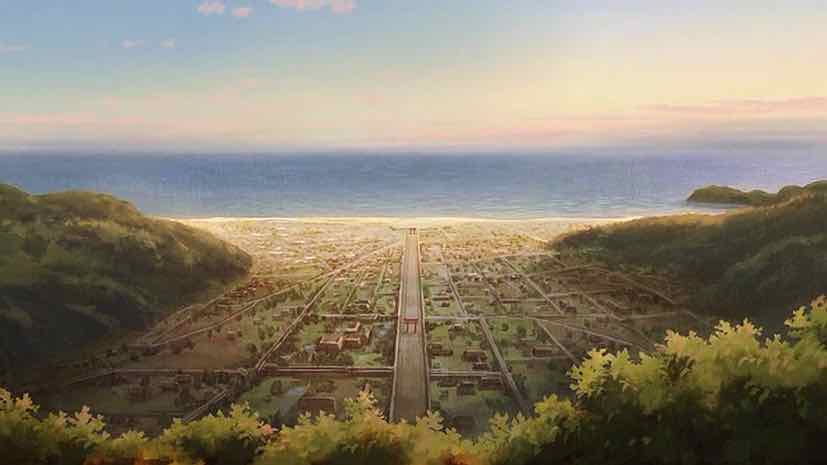
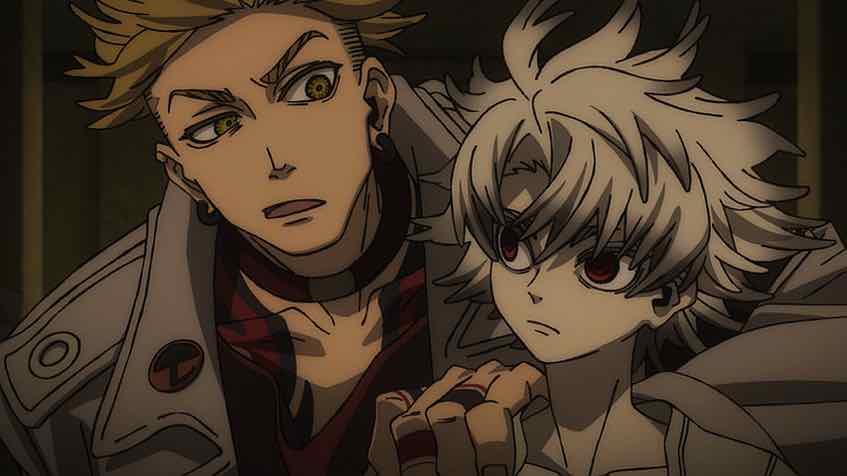
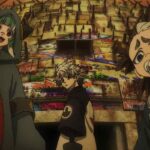
Simone
July 14, 2024 at 5:16 pmYup, it was really pretty. I was a bit miffed with CR’s translation – in the scene where Muneshige wins the award for biggest asshole (what a burn BTW – think about it if you ever consider betraying and selling out your own nephew, people will still shit on you 700 YEARS LATER) they translated as “he would go on to become one of Japan’s more tyrannical warlords”, which makes no sense since he dies right away. The manga translates “his name would go on to live in infamy” or something to that effect. The way I understand it we simply don’t know what happened to Muneshige past this point, except that even Nitta was disgusted so much that he didn’t keep him around (traitors may be useful, but they’re never trustworthy), and the guy probably went and died in a ditch somewhere. Making Tokiyuki the one that kills him is the little flourish that adds a bit more poetic justice to his already ignominious end.
For a manga that revels so much in absurdity and anachronism on the surface level, Elusive Samurai seems quite accurate to the facts in the main plot – only slipping in some liberties wherever missing chunks of knowledge allow us to fill the gaps with some fancy.
Guardian Enzo
July 14, 2024 at 5:43 pmI would concur with that. To the extent that I again caution anyone who doesn’t know the history to tread carefully if they want to avoid spoilers.
Darrel
July 14, 2024 at 5:28 pmIf Cloverworks and Umehara can keep this up, Elusive Samurai may actually receive the best quality adaptation of any WSJ manga. TES is a beneficiary of the Demon Slayer effect – ie Shueisha realizing that giving their manga good adaptations will actually result in a huge increase in volume sales, even if the manga is not a major hit yet. Its no surprise that pretty much every WSJ title receiving an adaptation since Demon Slayer’s release has received at least an above-average to exceptional budget and production values.
Simone
July 14, 2024 at 7:03 pmI don’t know, what I’ve seen of Undead Unluck for example was a bit underwhelming – there were good bits but they soon were swamped by glacial pacing. I haven’t seen anything from Mission Yozakura Family yet (curse you, Disney+/Hulu) but it doesn’t seem to be blowing any minds. We’ll see what we get with Sakamoto Days, which is the next big one coming up, but right now, this adaptation seems more the exception than the rule. TES is a relative second-stringer on Jump, nothing like JJK, CSM or Demon Slayer. I would have expected it to receive the UU treatment.